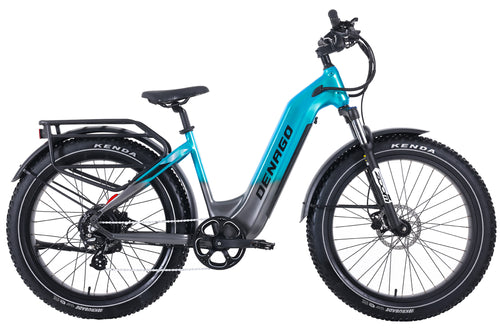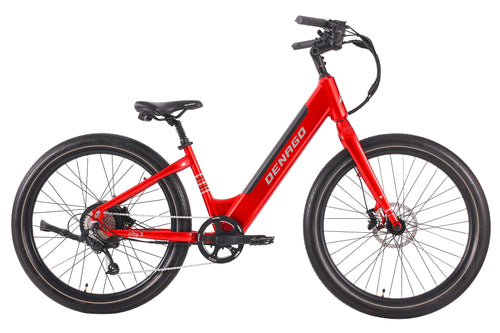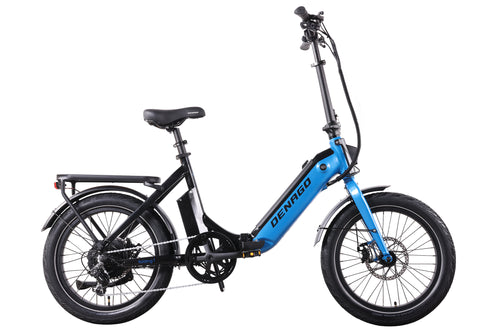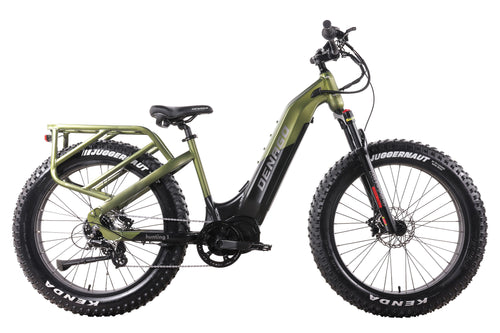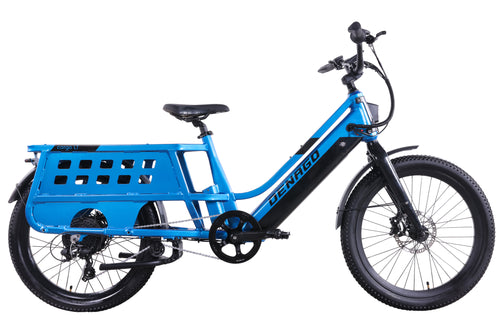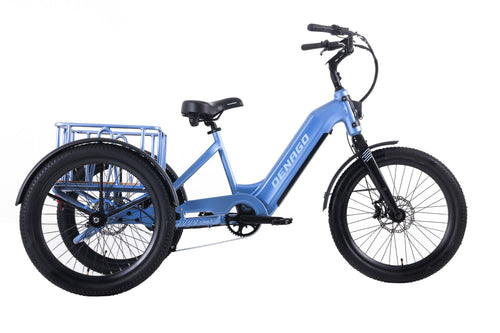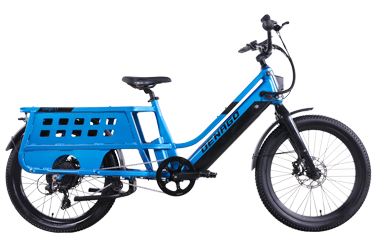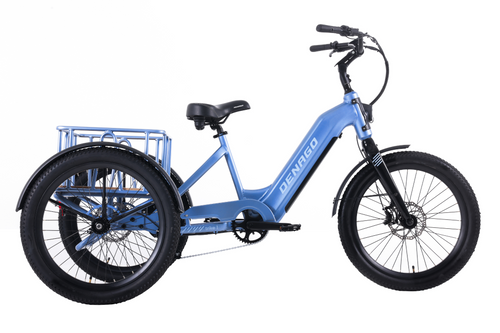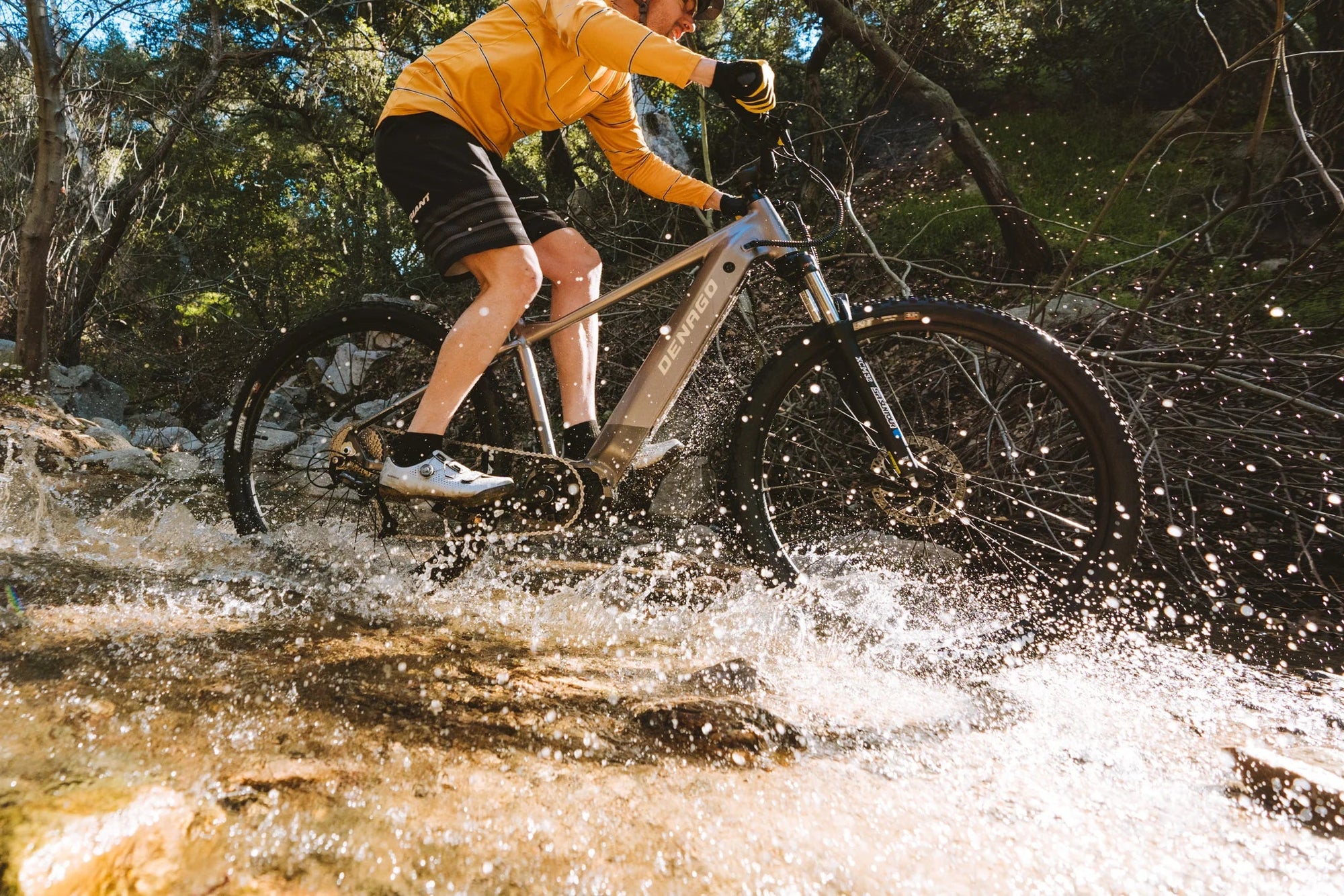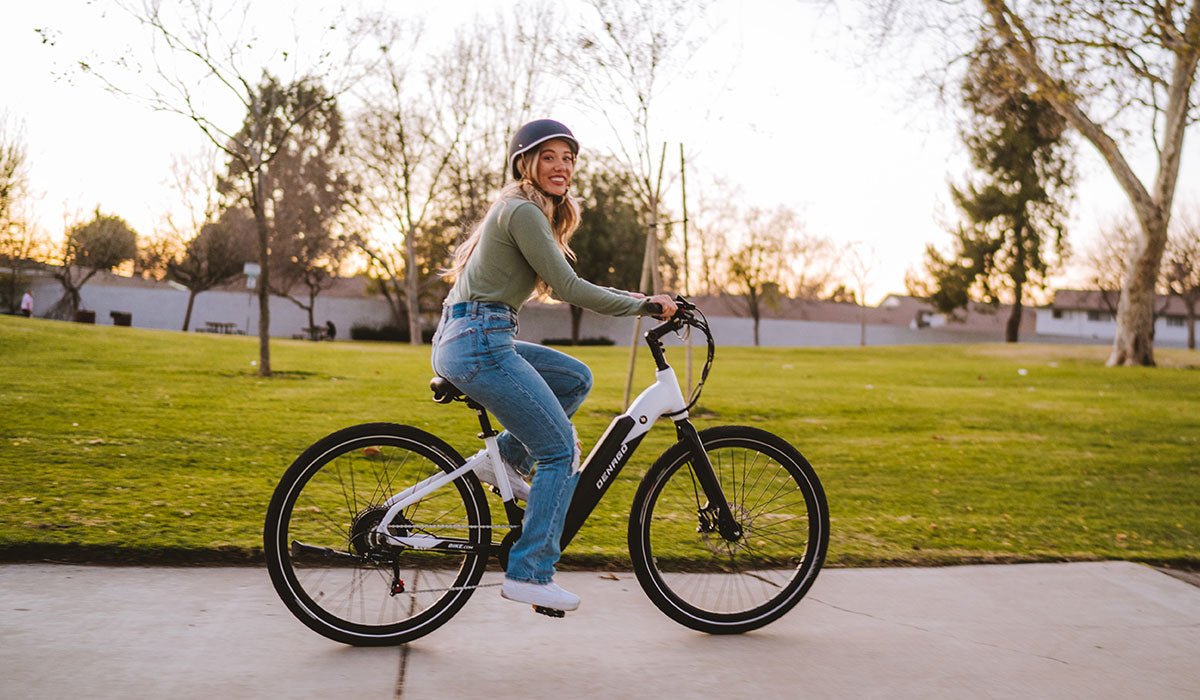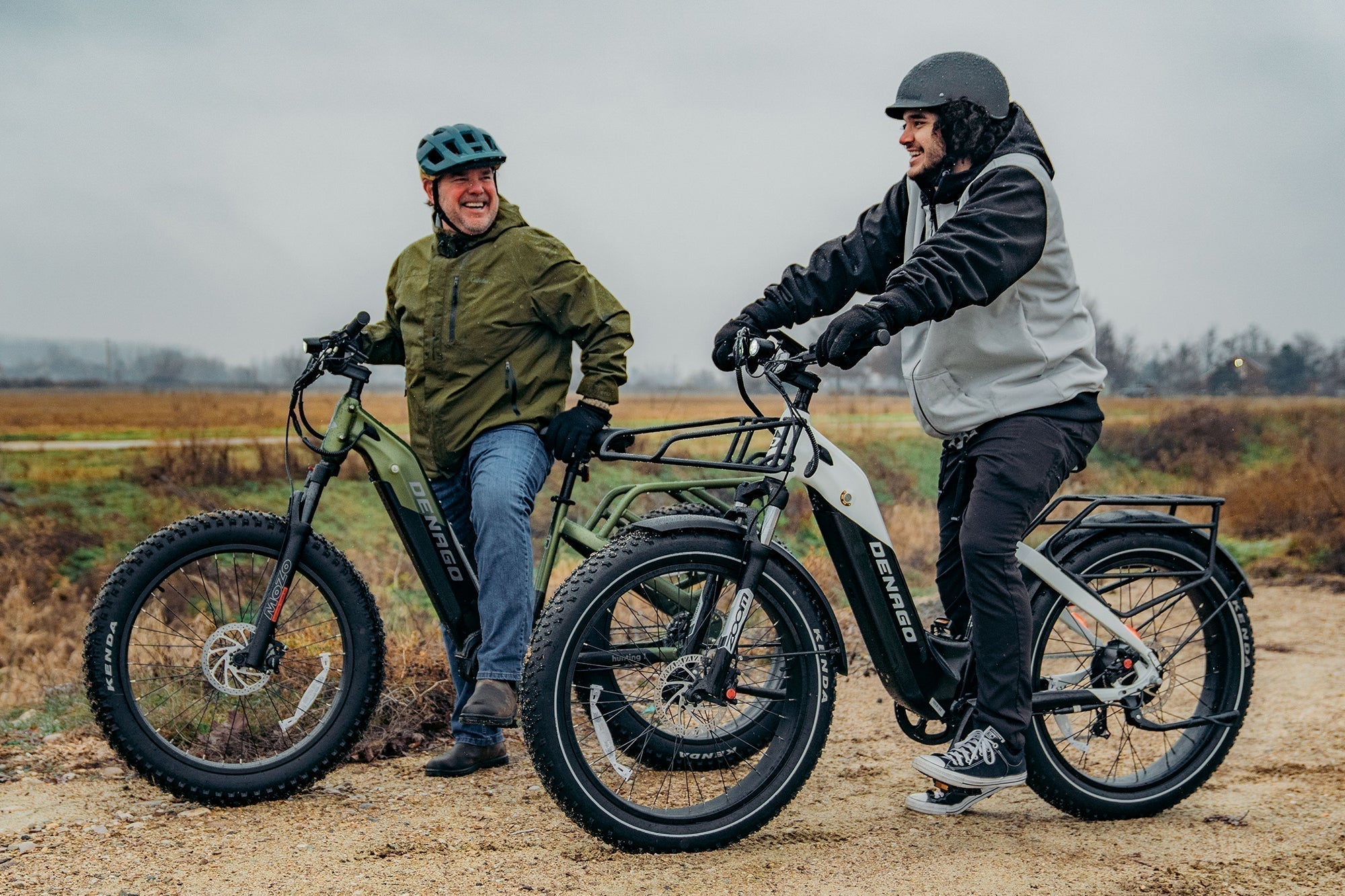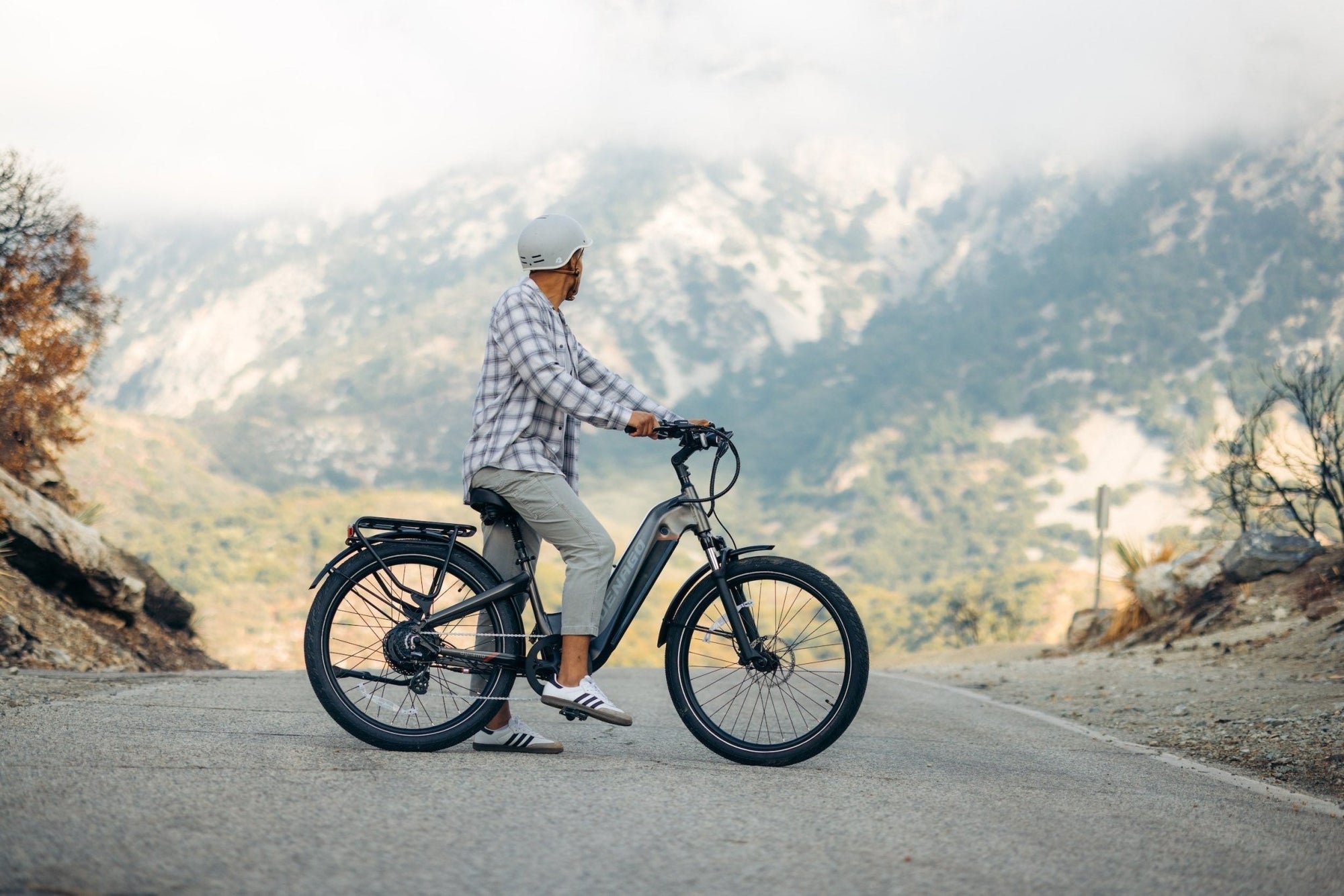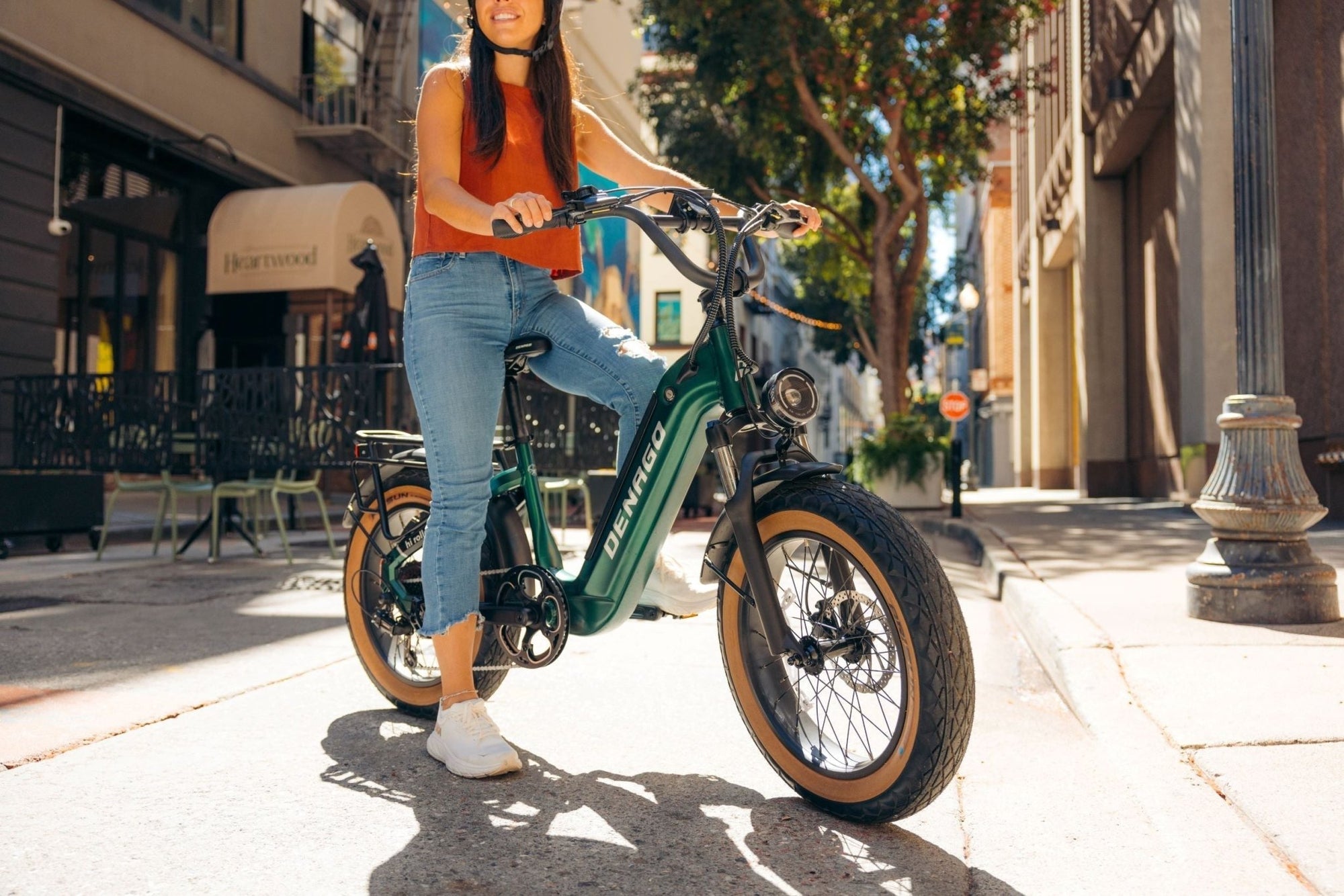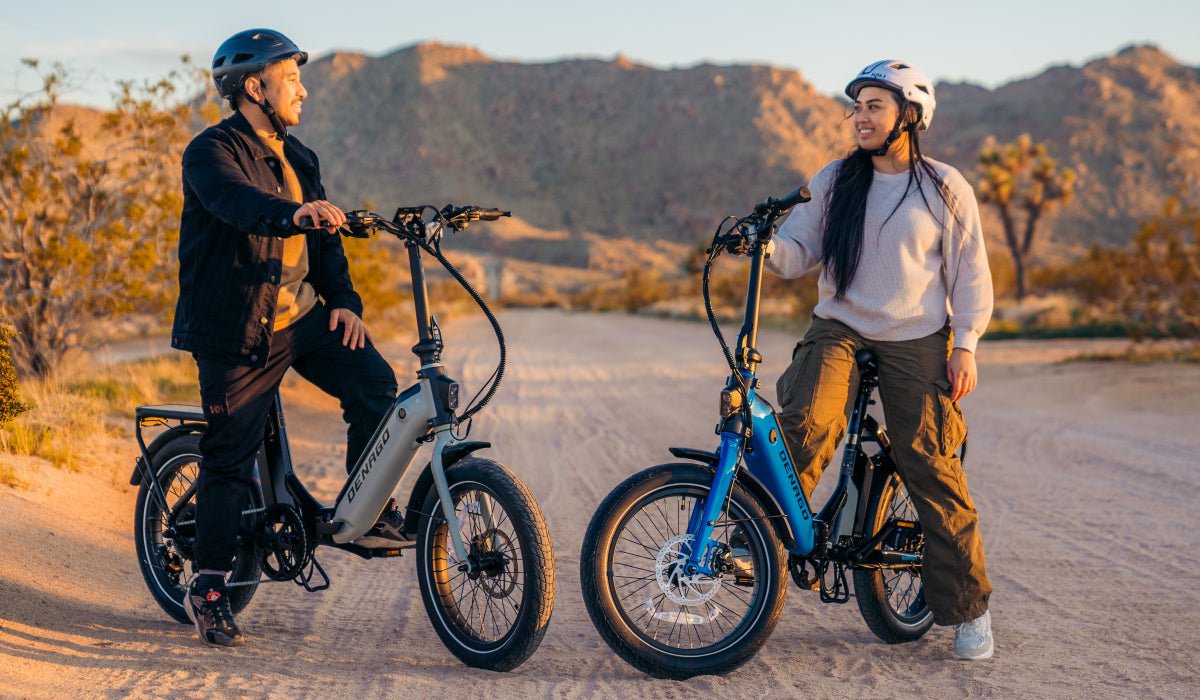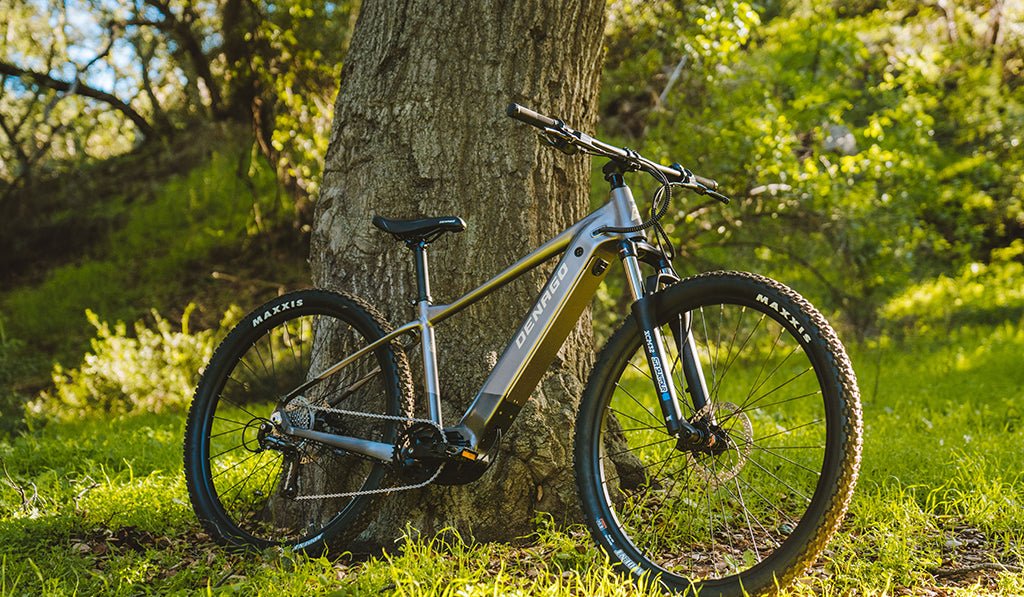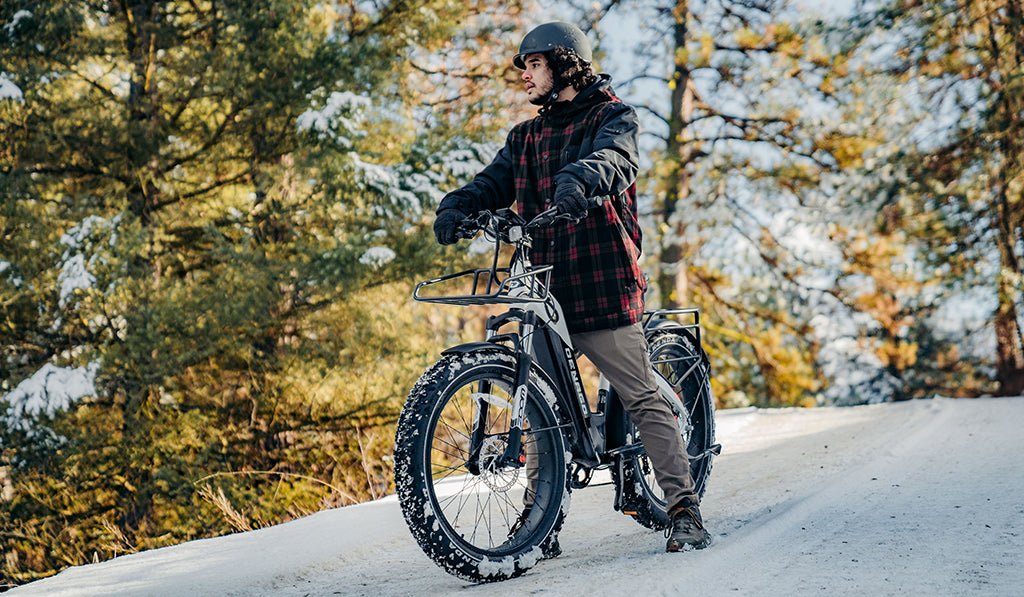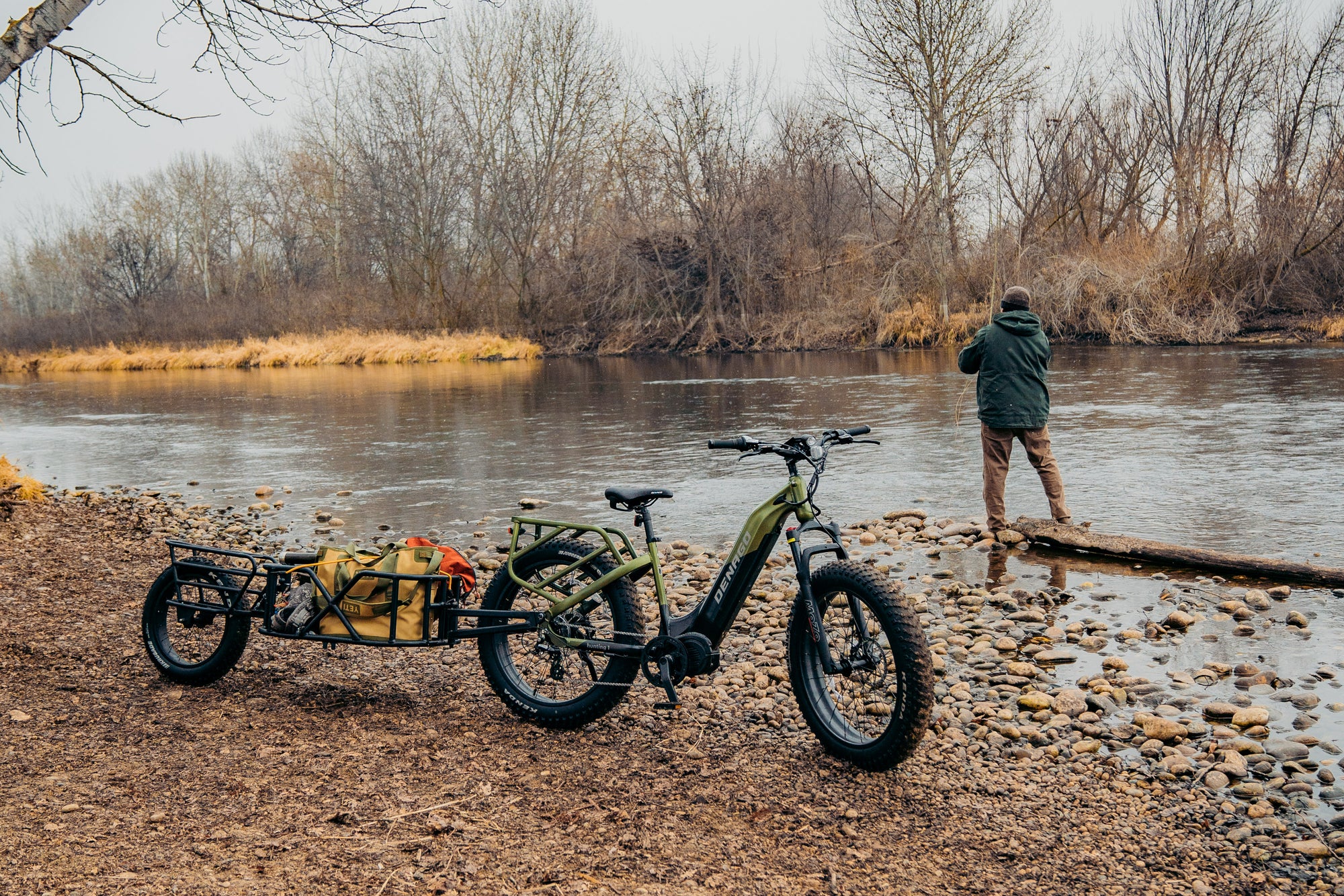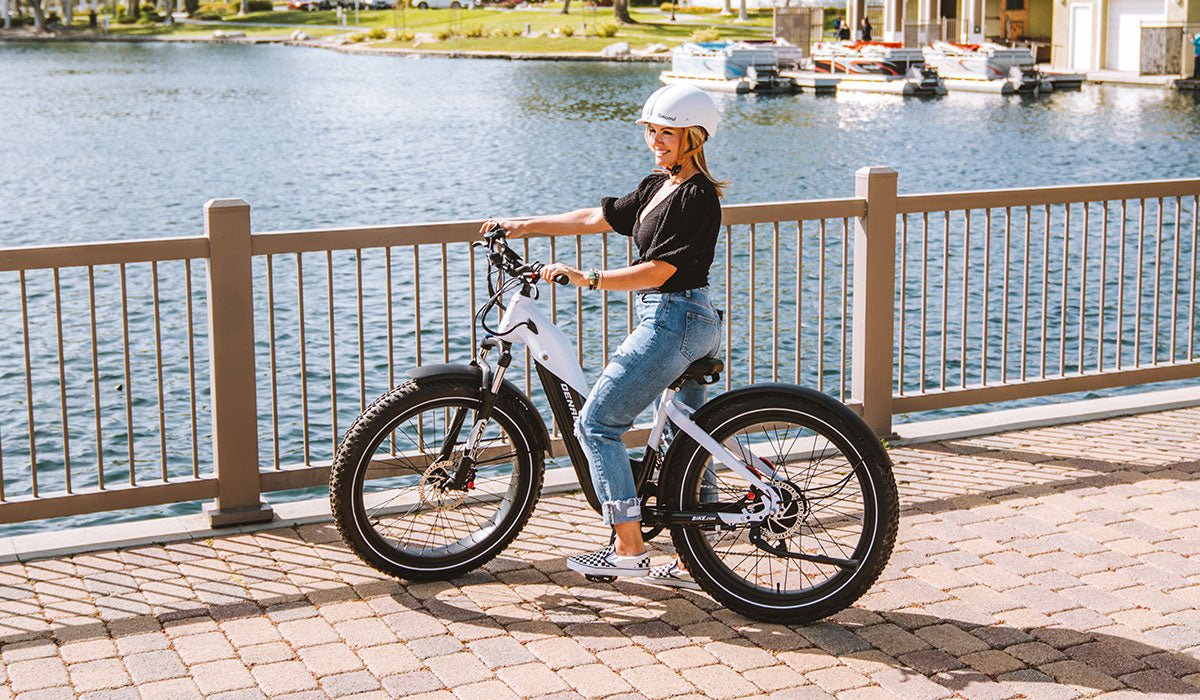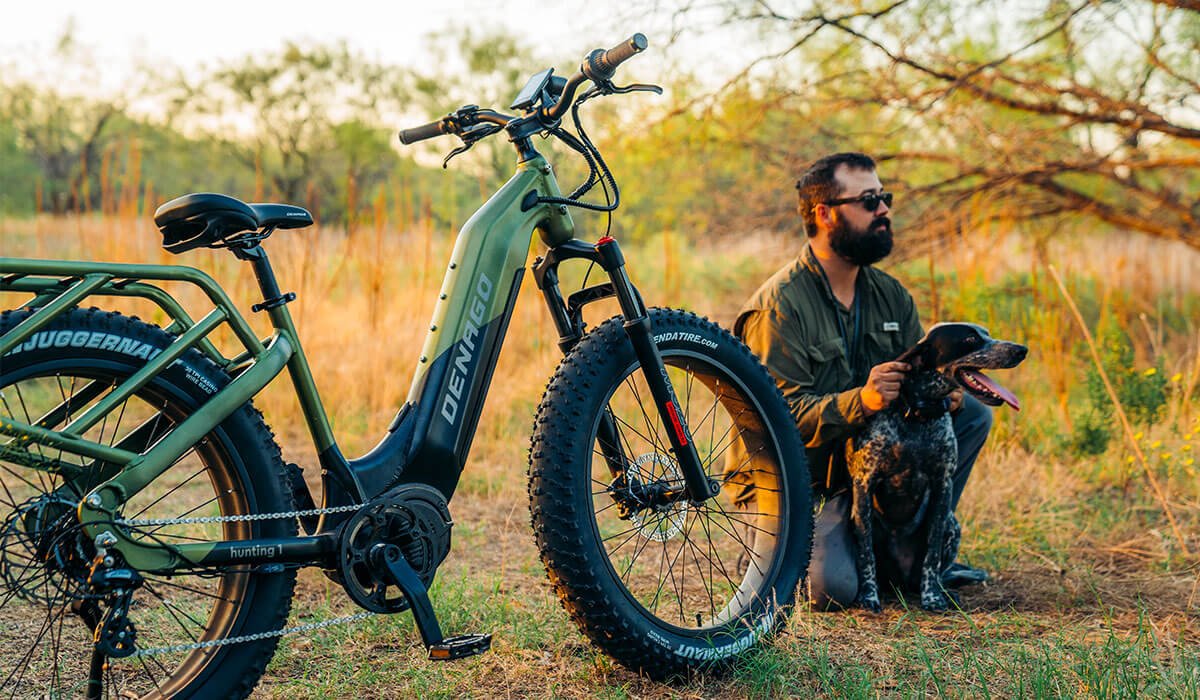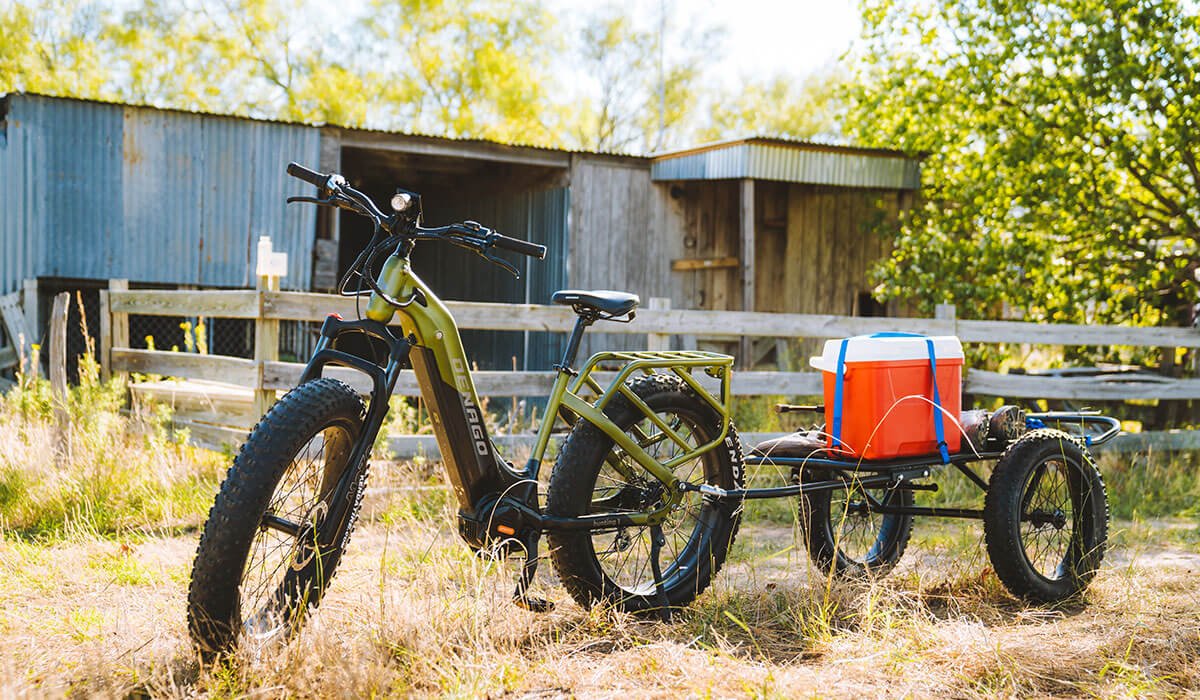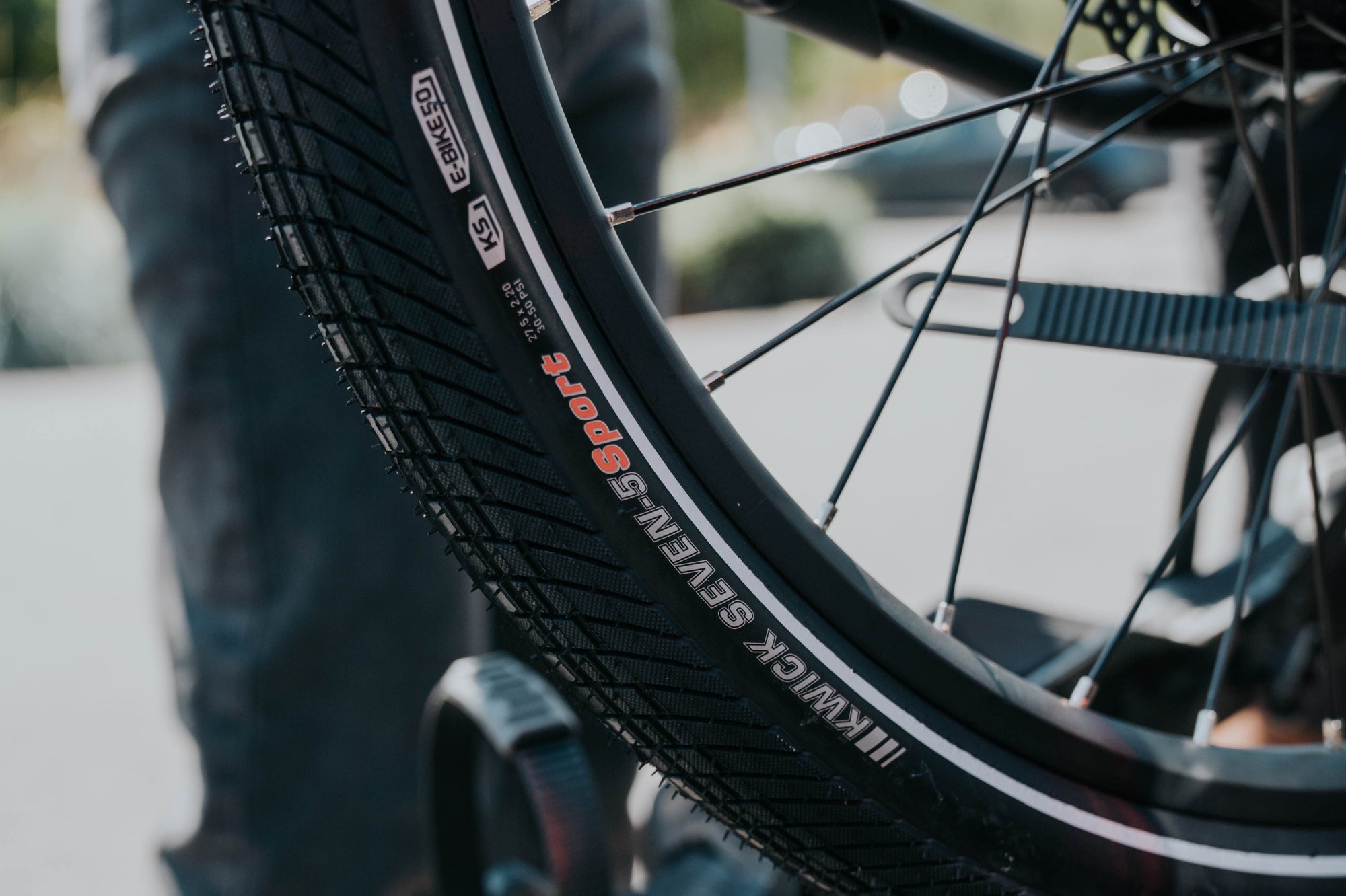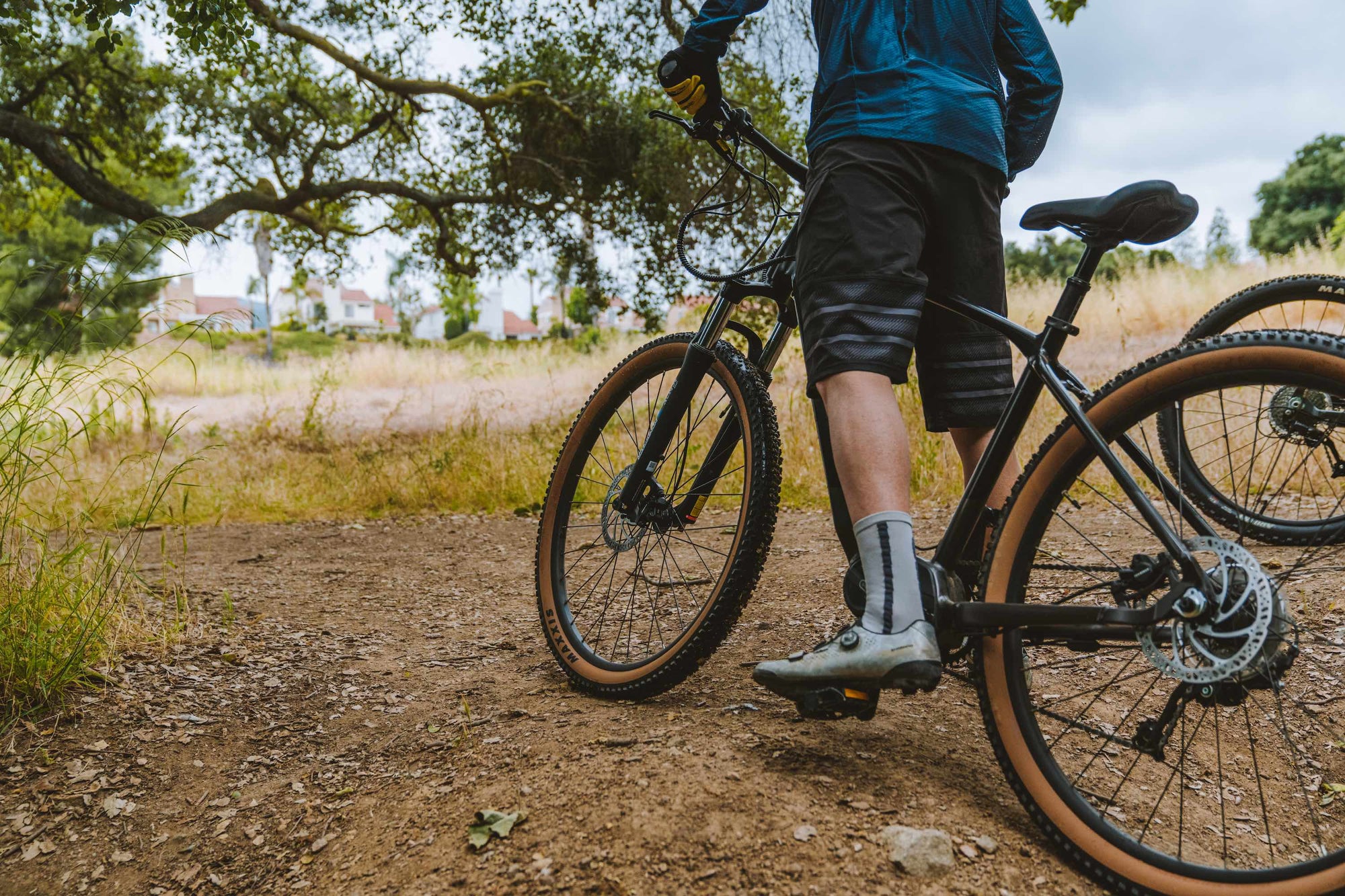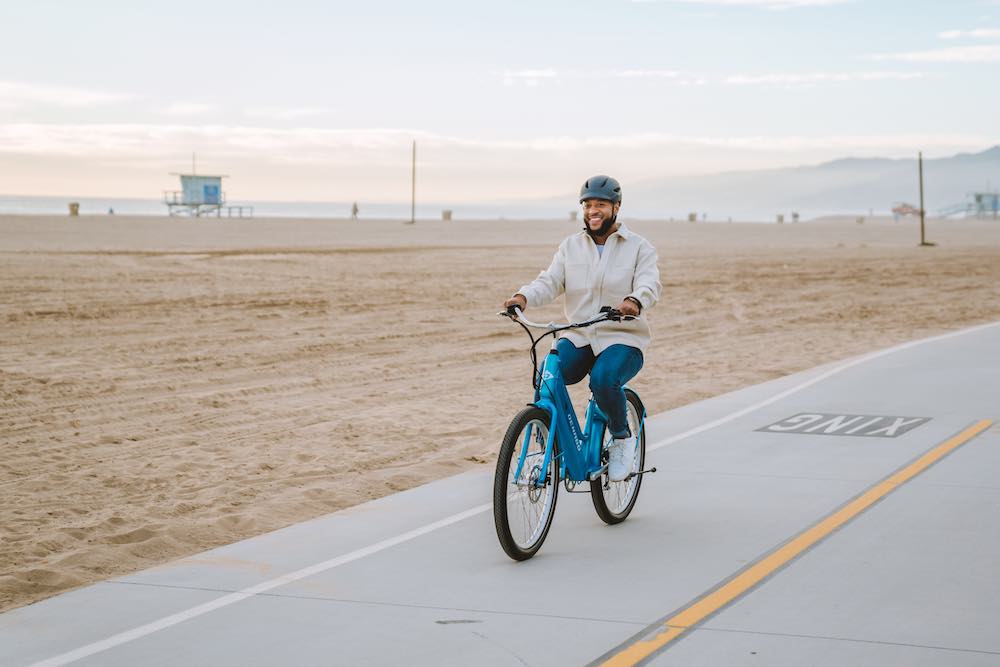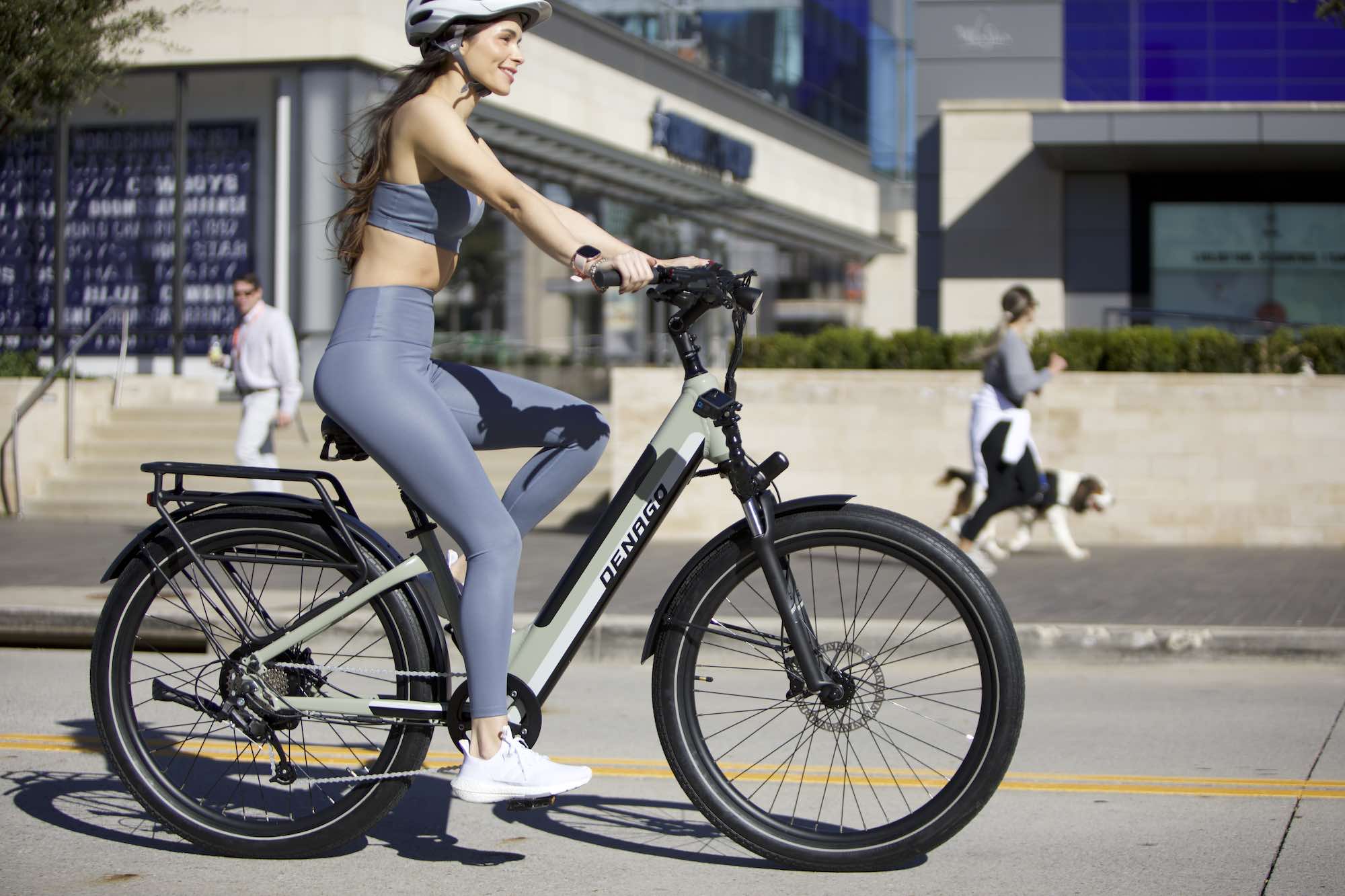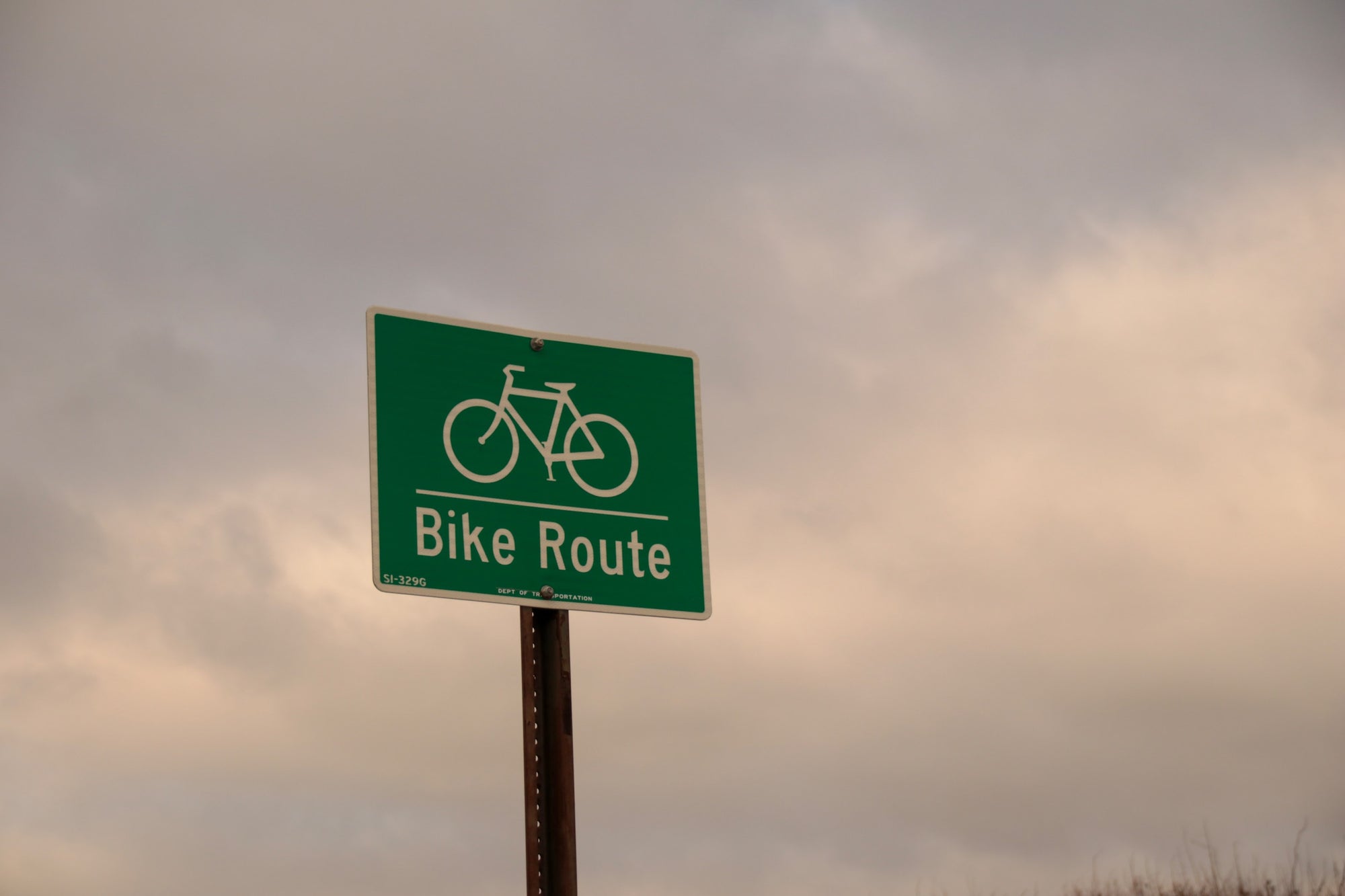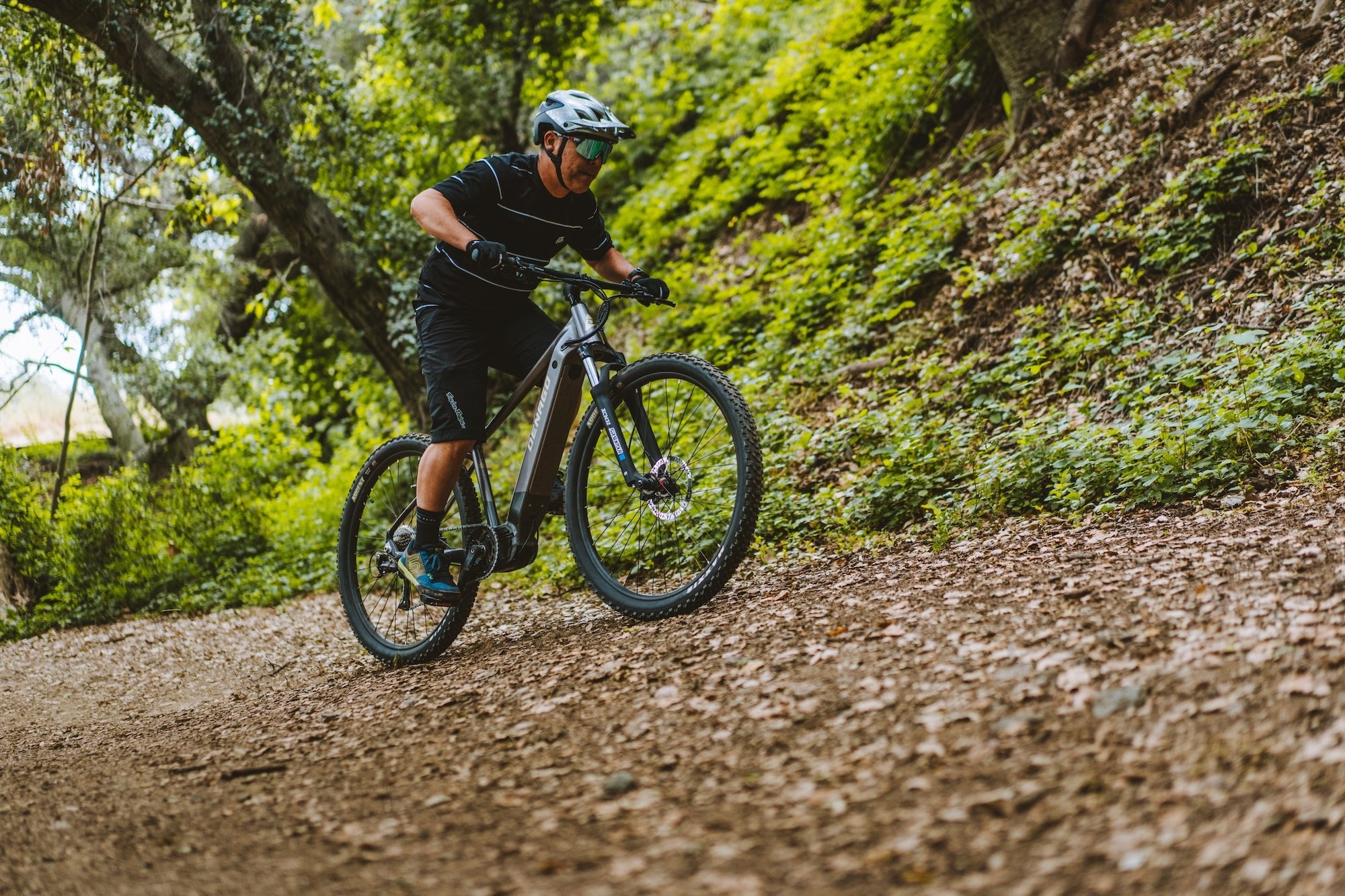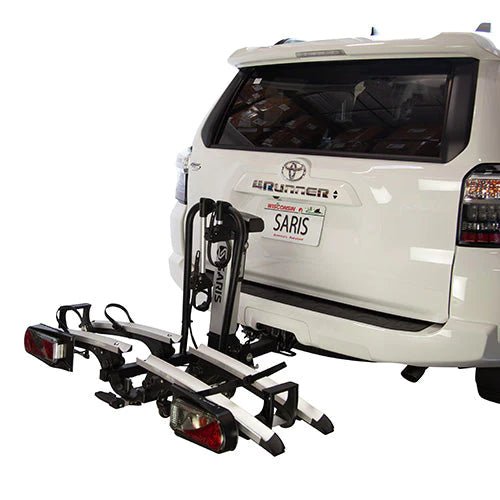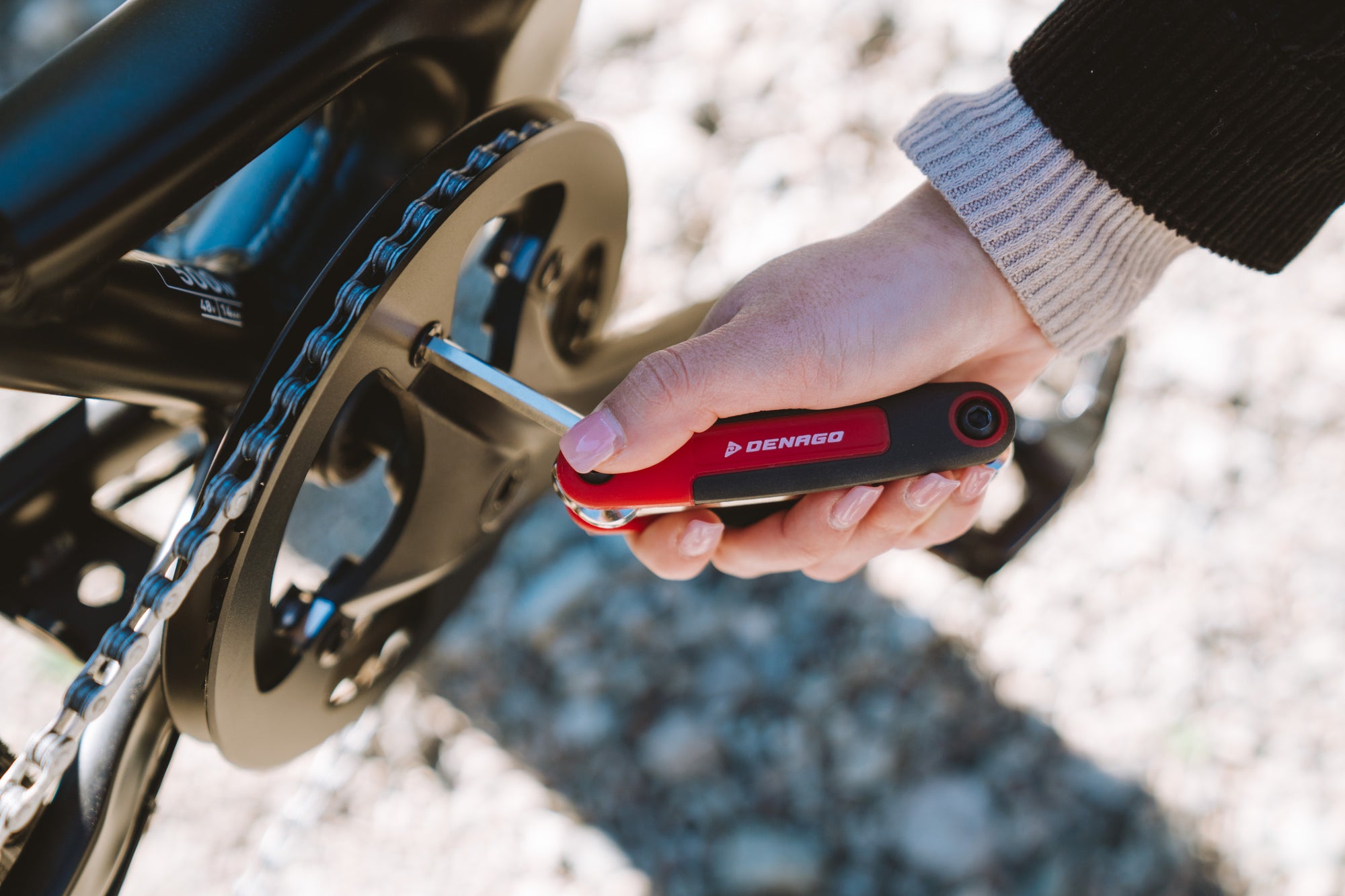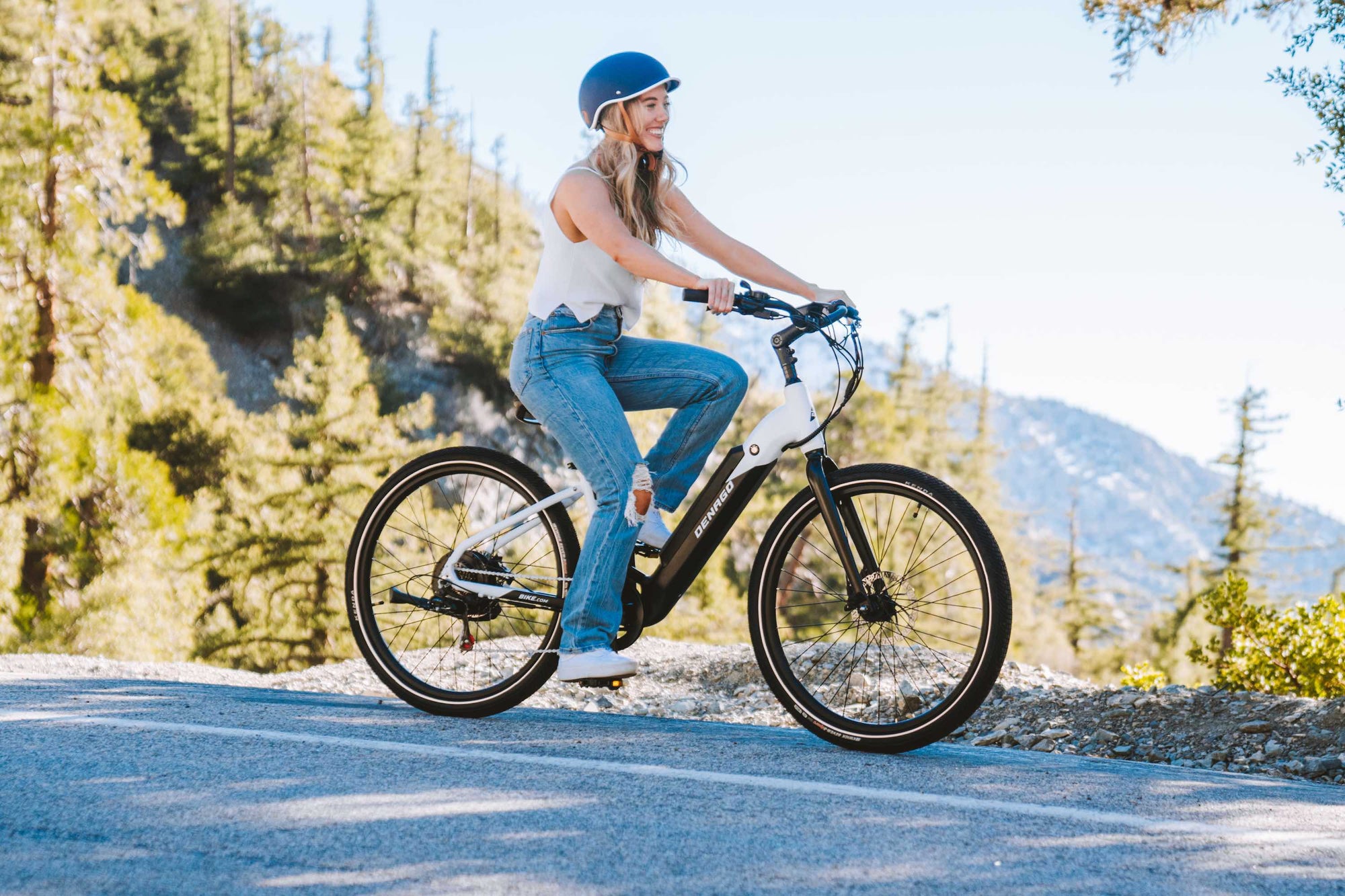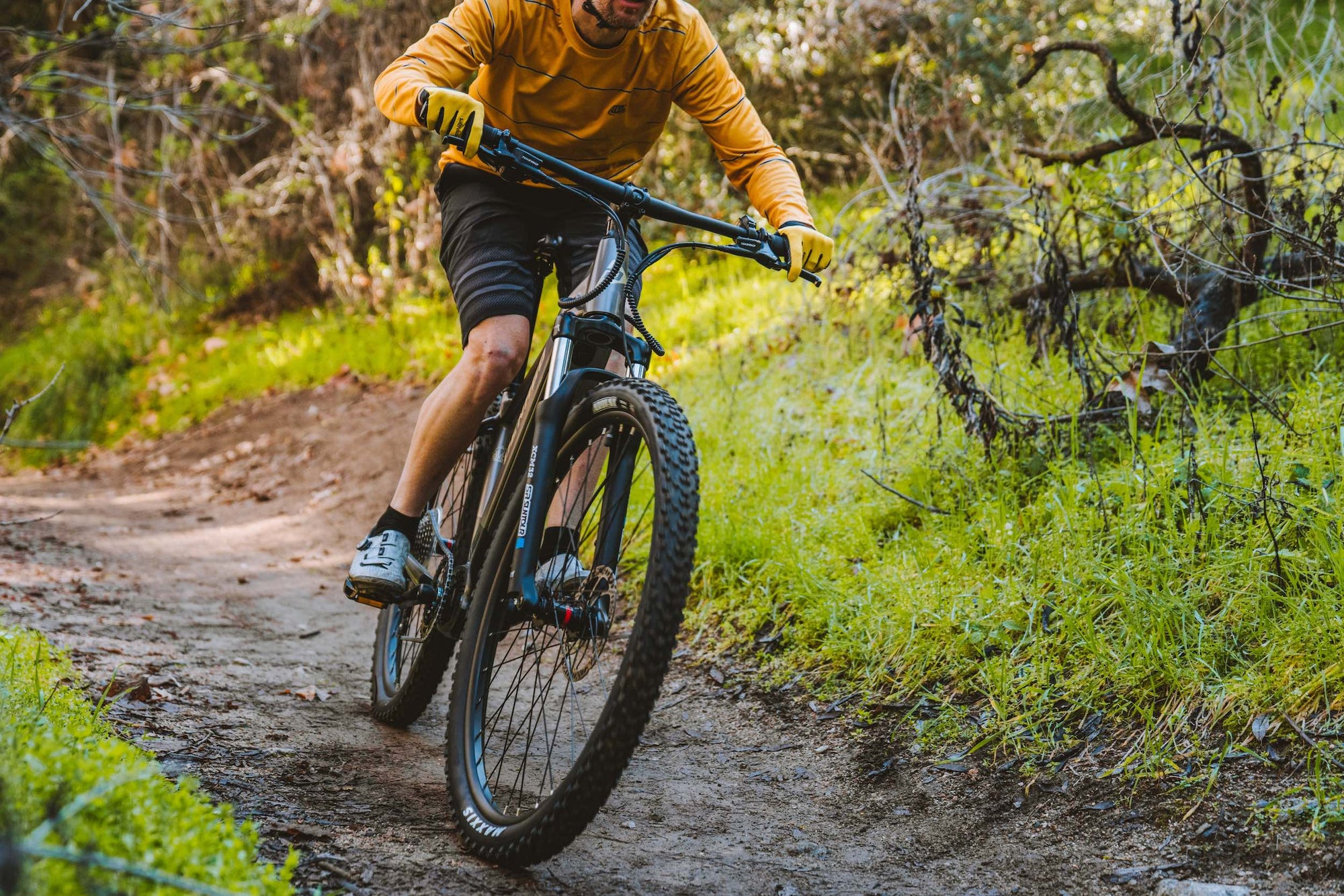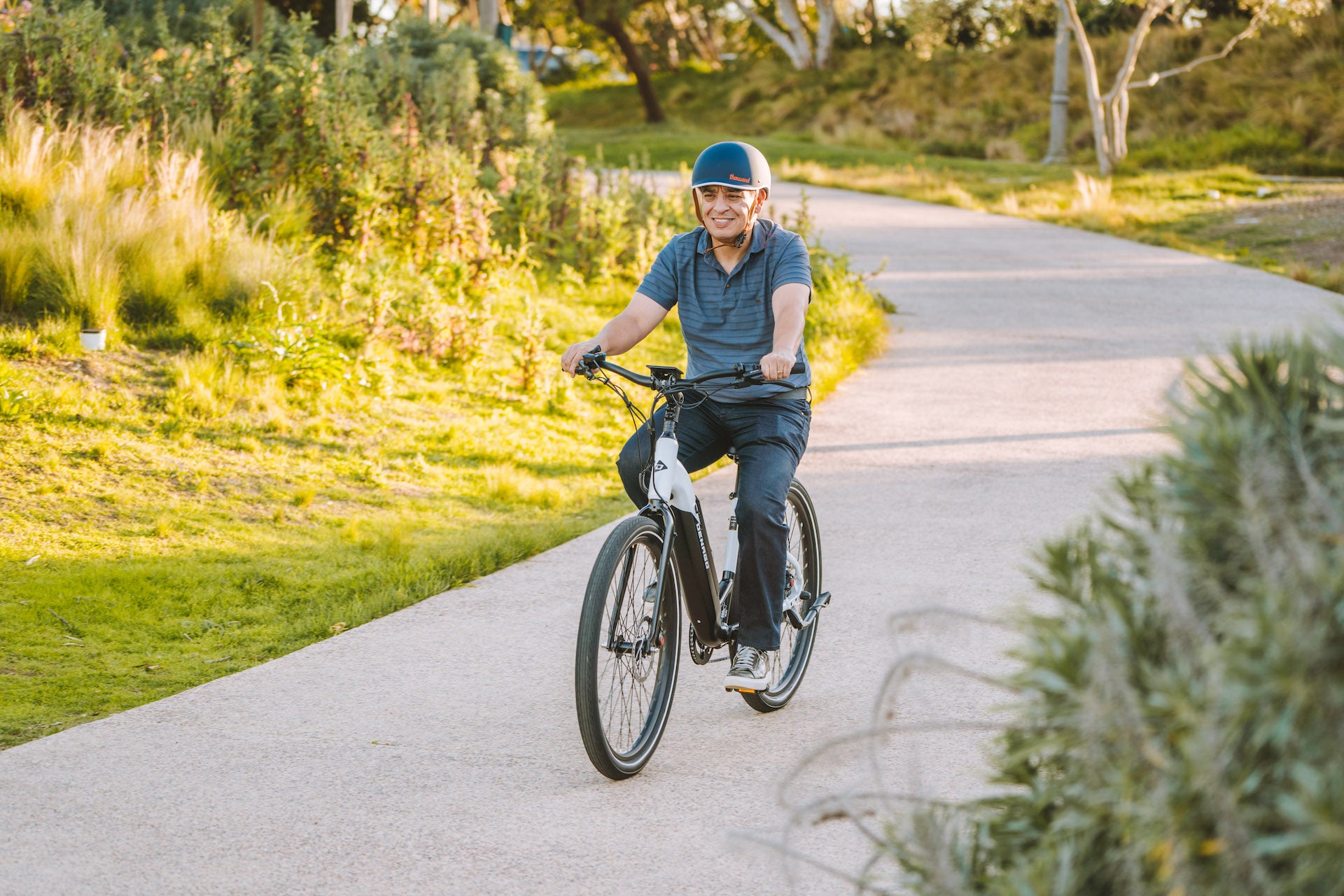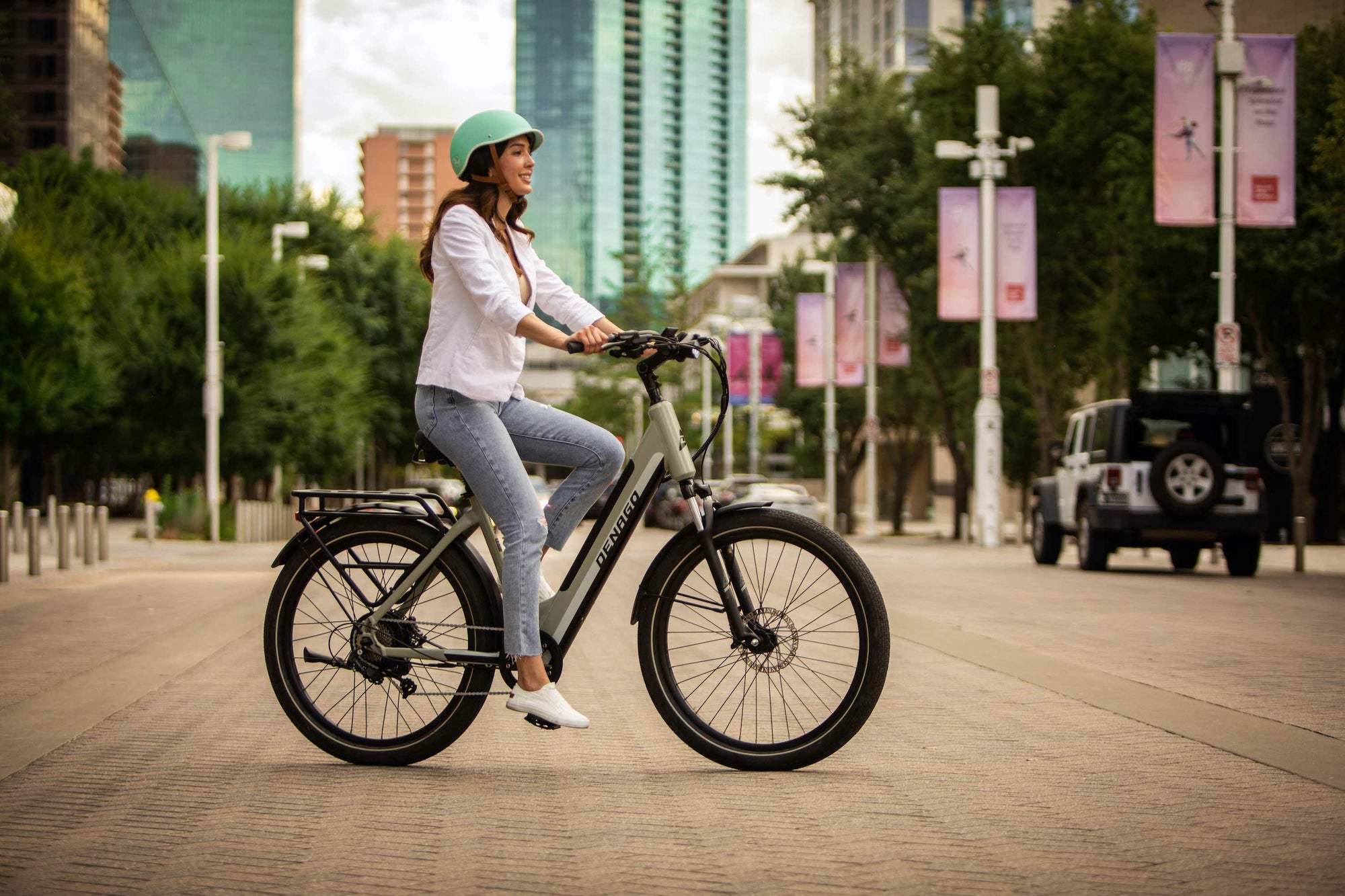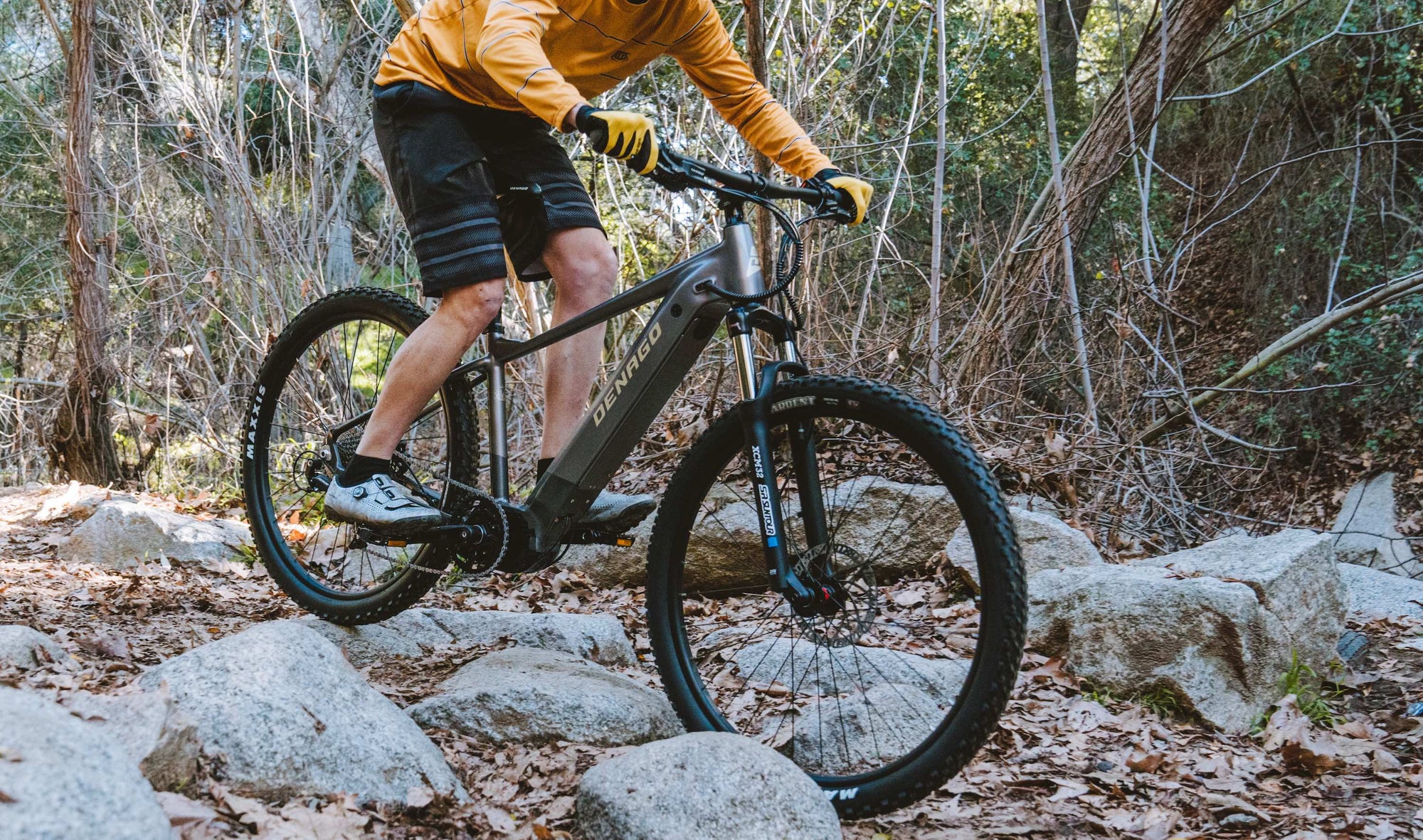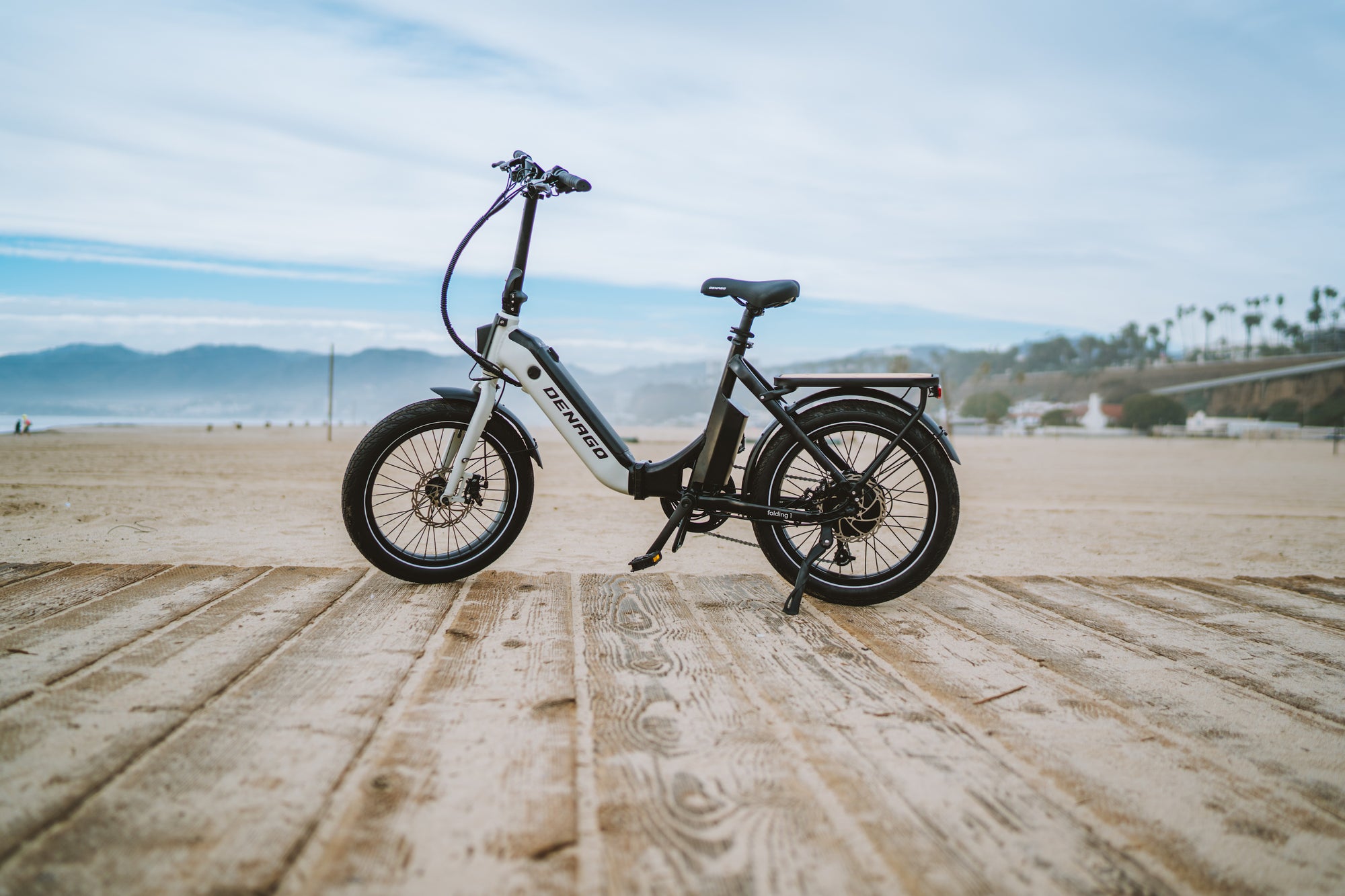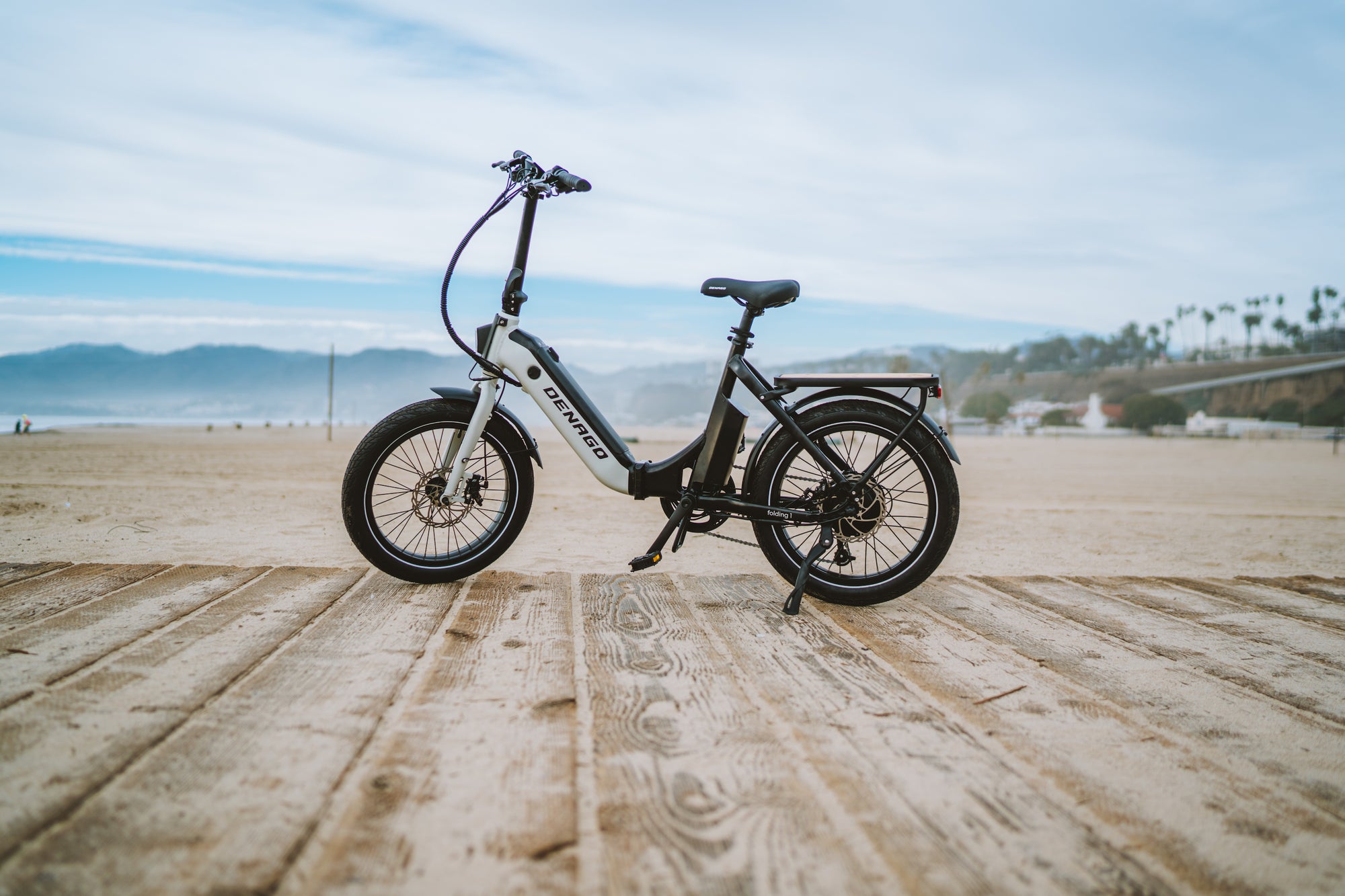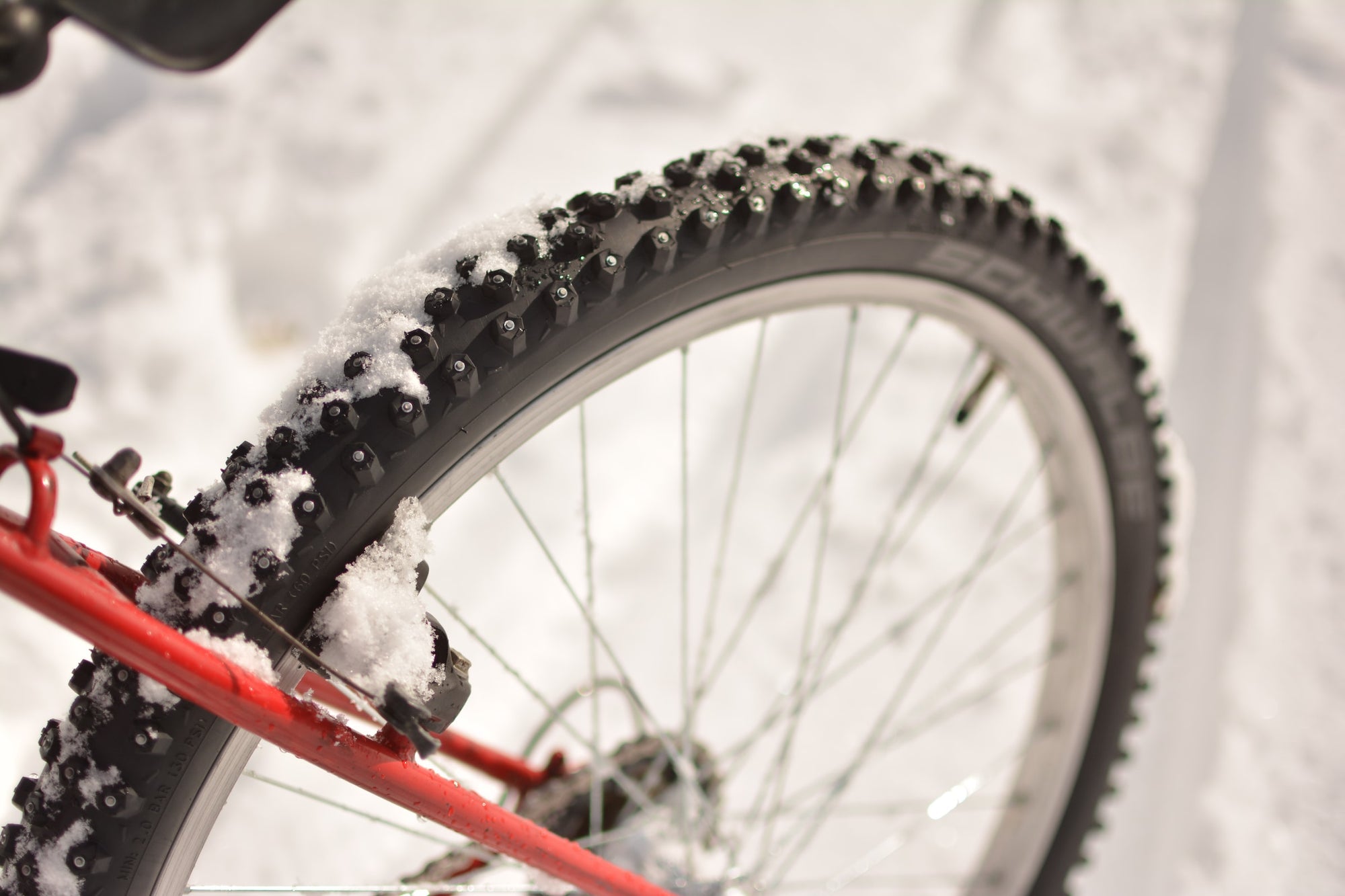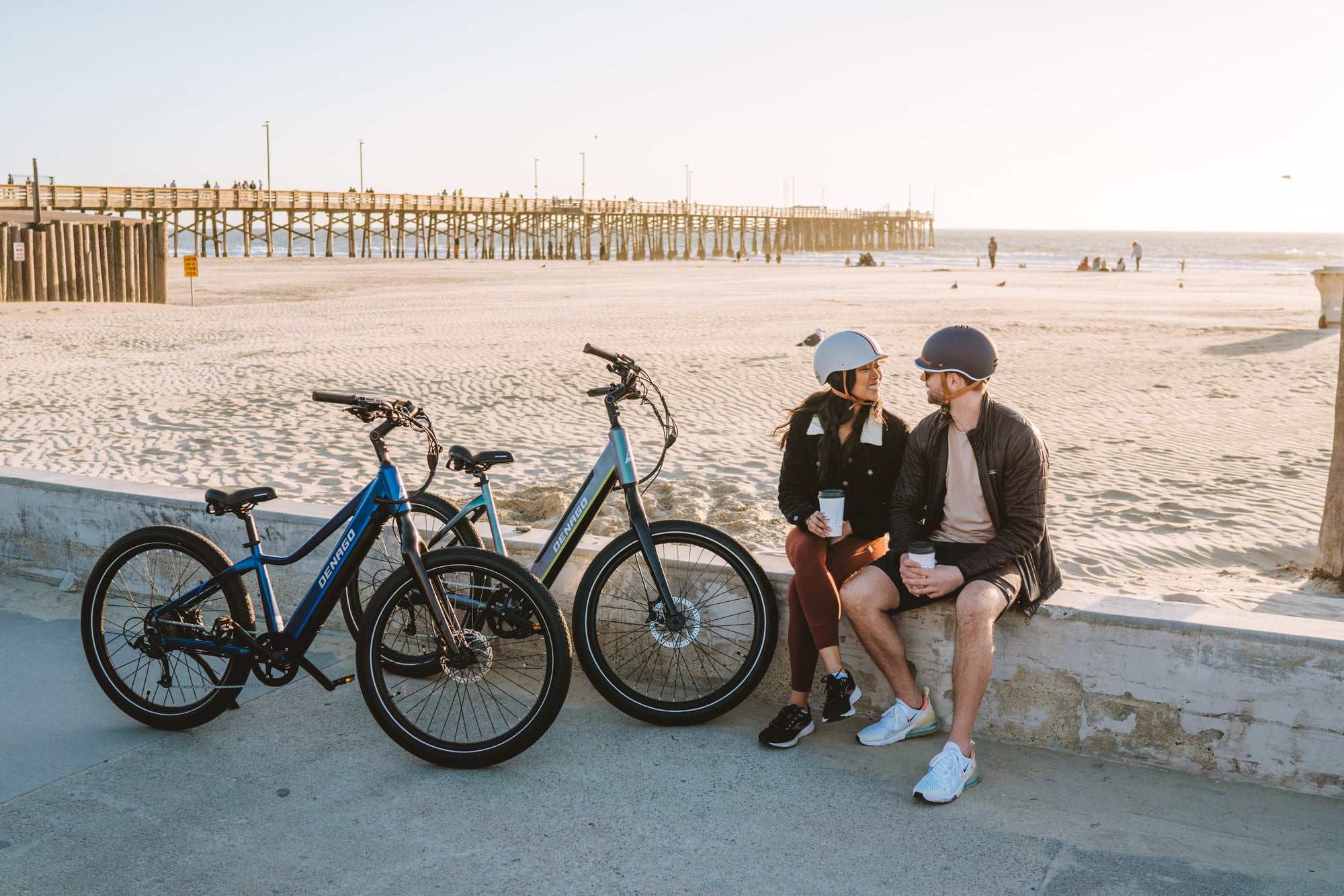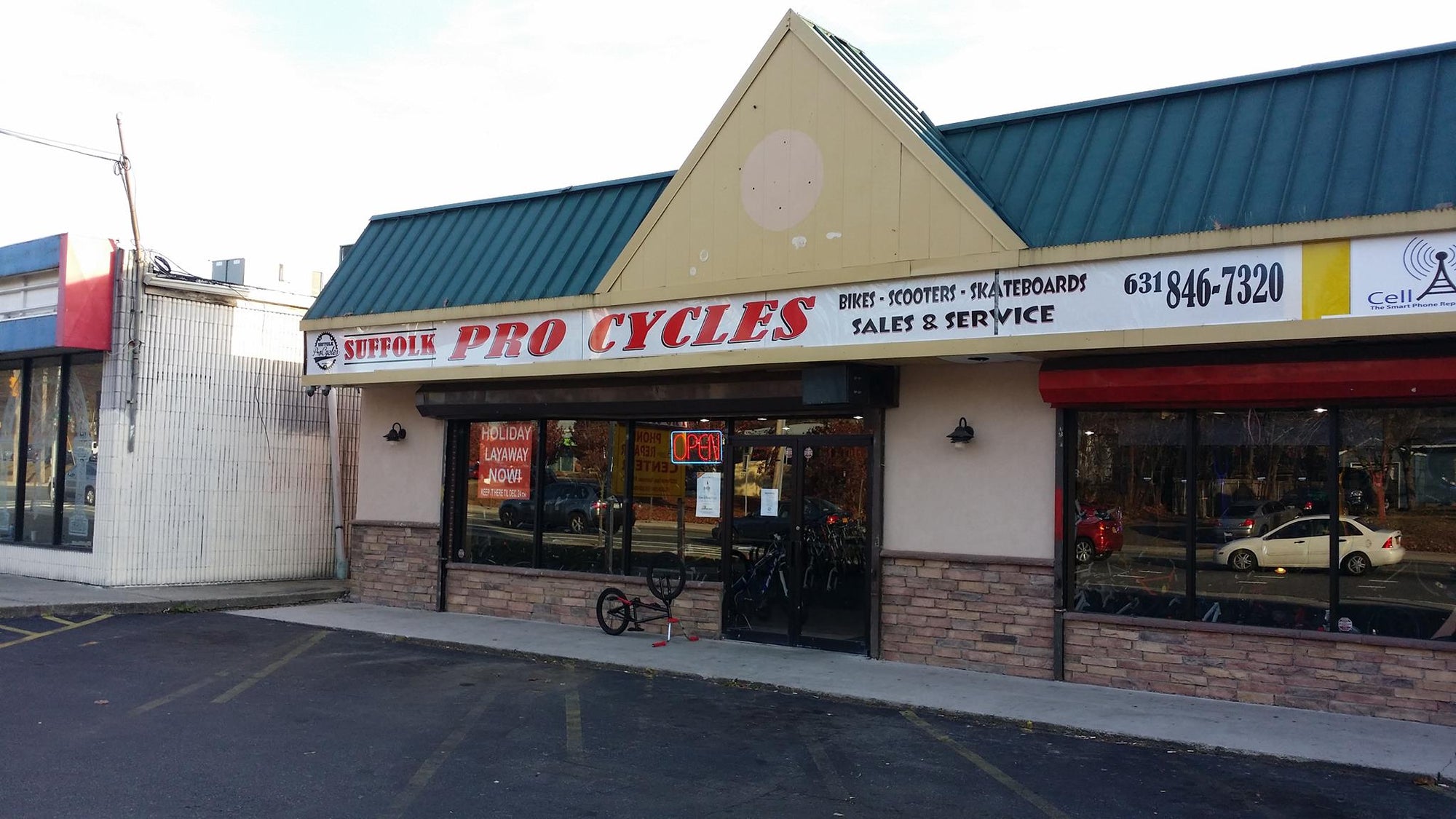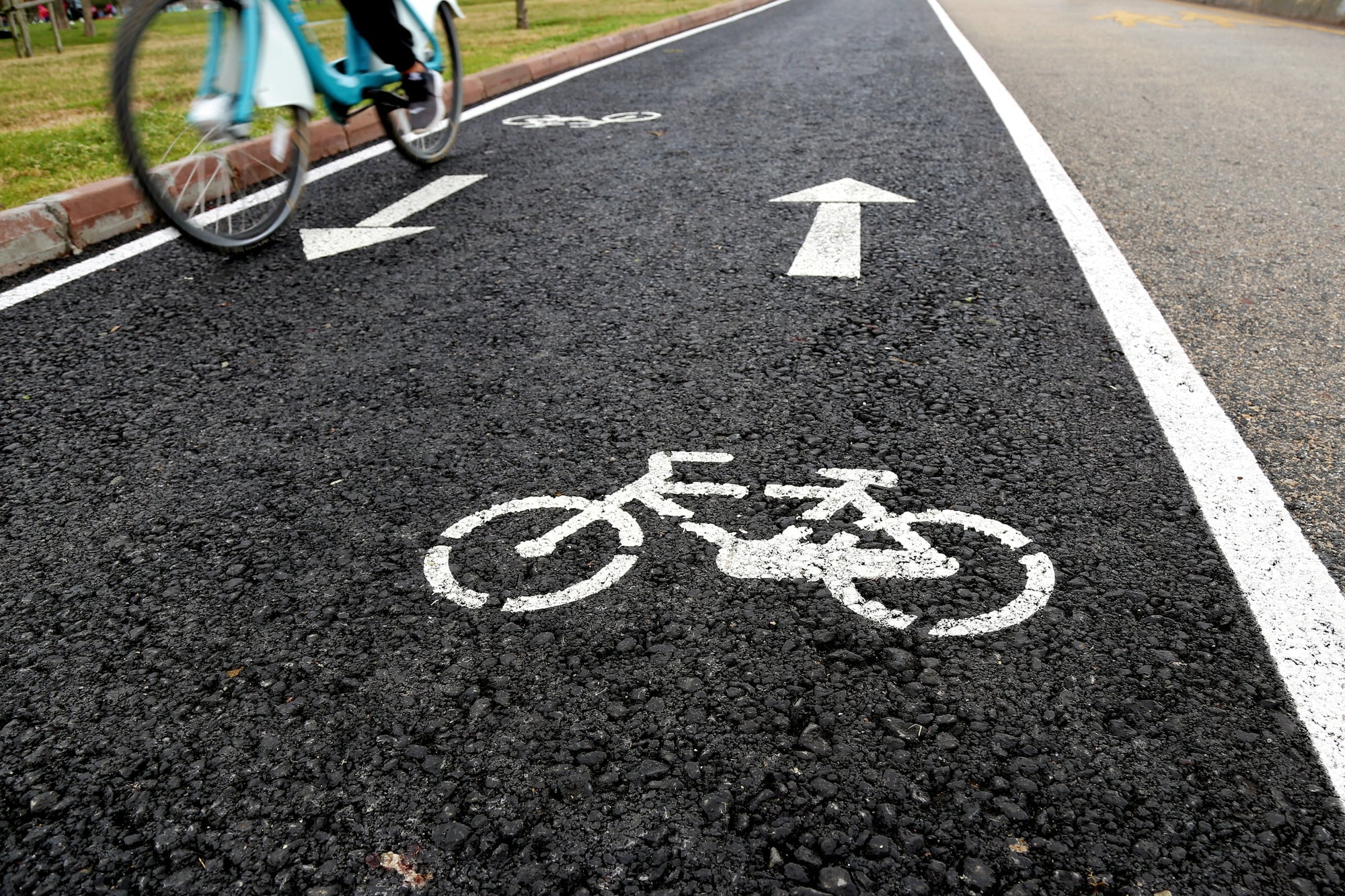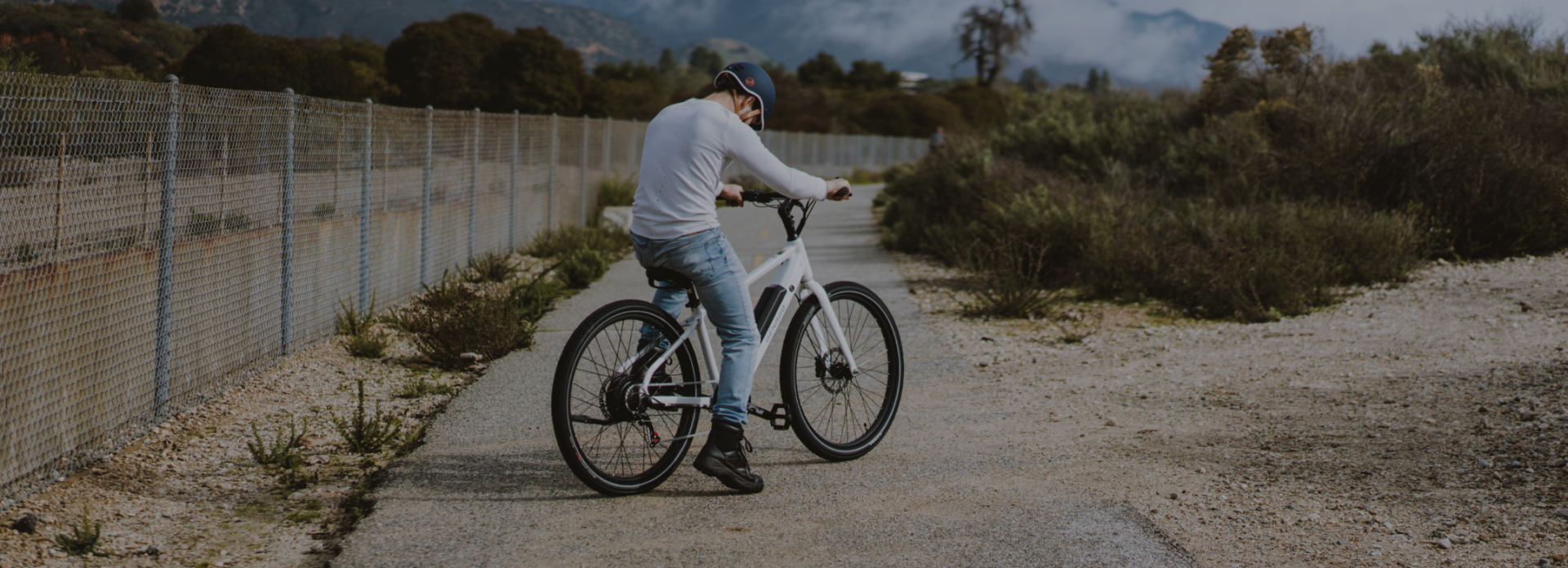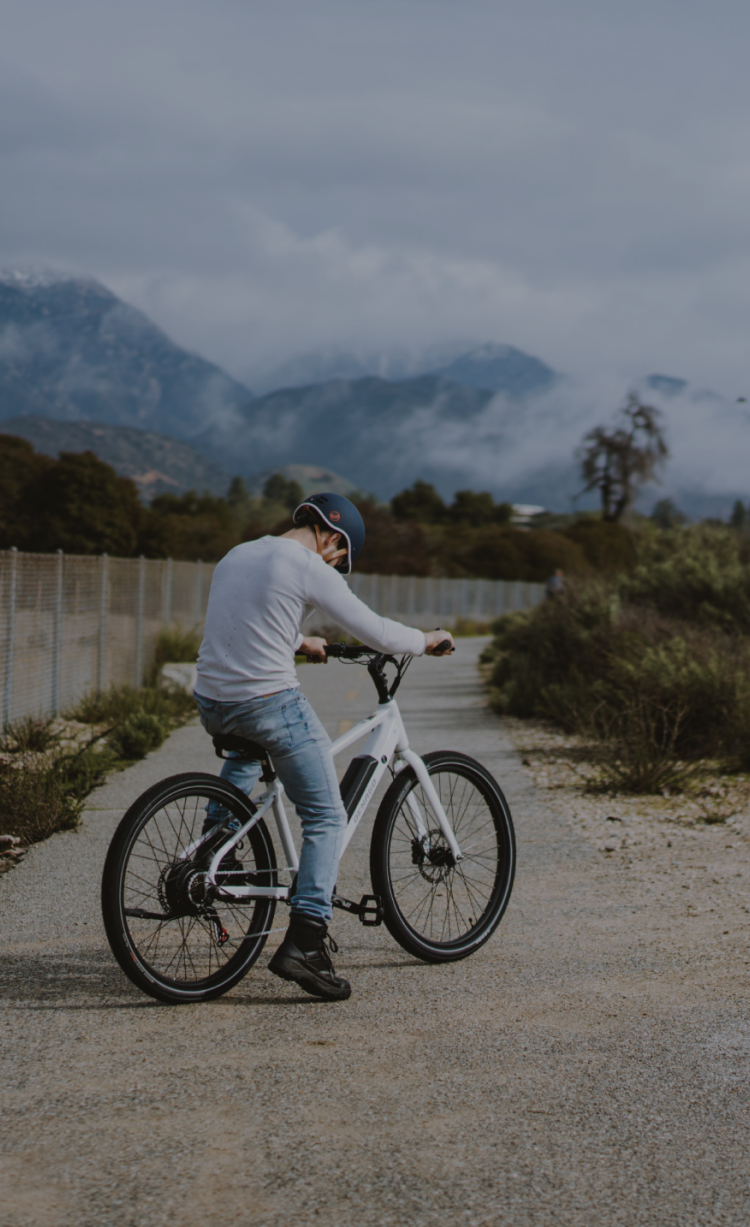When choosing an eBike manufacturer and model, safety should be at the top of your mind. Whether it's charger and battery safety, brakes, or visibility, safety should play an important role in your decision-making process.
An often overlooked safety component is eBike-rated tires. Tires play a critical role in the safe handling and operation of your eBike, and contribute to puncture resistance, visibility, and braking performance too. Let's take a look at why.
What are eBike-rated tires?
EBike-rated tires are manufactured with additional material (or different material) that makes the tire stronger and better able to support the higher speeds that eBikes can reach. EBike-rated tires also provide additional support for heavier braking forces.
Just as with automobiles, it's important to match the construction and ratings on the tire to the intended use. It's easy to imagine that tires built for Formula 1 race cars must be able to handle much higher speeds and loads than those on a Honda Civic used for commuting on surface streets.
What are the E-25 and E-50 labels?
The E-25 and E-50 labels you'll find on some bicycle tires classify tires for electric bicycle use, based on their ability to meet standards for different terrain, speeds, and braking performance.
- E-25 tires: The 25 refers to 26 kilometers per hour (kilometers are commonly used for eBike speed limits in Europe) which is 16.1 MPH. That's slower than most Class I and II eBikes can travel in the USA. Such tires are intended for leisure riding on pavement. If you ride faster, consider an E-50 tire instead.
- E-50 tires: 50 KPH is 31 MPH, faster than the Class III speed limit of 28 MPH in the United States. That means E-50 tires are a good match for higher speeds and more demanding terrain. Many tires for off-road riding are the E-50 type. Such tires can have superior wear characteristics, strength, and resistance to punctures (flats) which makes them desirable for riders who ride on multiple terrain types at higher speeds.
Why are eBike-rated tires important?
Tire features aren't just for puncture protection and low rolling resistance, they also help you stop. For effective braking (which allows you to stop in the shortest possible distance) the tires must remain in contact with the trail or road surface. If you're skidding, you're actually sliding, and it takes longer to stop if you skid. A bicycle tire that is skidding is also harder to control and more difficult to ride in a straight line.
EBikes often use disc brakes, which offer more braking power. More braking power is needed to stop bigger, heavier eBikes traveling at a higher speed. Using eBike-rated tires helps translate that braking power instead a shorter stopping distance, instead of simply skidding the wheel.
Reflective sidewalls
Many eBike-rated tires also include reflective sidewalls. While reflectors are not a substitute for lights when riding at night, they are an extra safety measure that's nice to have. If you ride in dim or dark conditions, you might consider using a tire with reflective sidewalls for additional visibility.
Puncture resistance
Flat tires can happen on any bike. Puncturing at 5 MPH probably isn't a big deal - you'll feel the tire deflate and must make arrangements to repair it. Puncturing at 28 MPH, however, is more serious. You must control the bike while riding the deflated tire to a stop. For this reason, eBike-rated tires often include puncture-prevention features, like a belt underneath the tread and reinforced sidewalls to make punctures less likely.
No bicycle tire is completely puncture-proof, but you should choose an eBike-rated tire for this reason.
Another reason to avoid punctures is possible is because changing flat tires is a hassle! This can be more challenging for newer riders, especially rear tire punctures on a hub motor eBike, which requires disconnecting the eBike motor and removing the rear wheel to repair - so it's better to avoid a flat in the first place!
Don't skimp on tires
Unfortunately, some eBike manufacturers use "regular" tires on their bikes, instead of eBike-rated tires. This alone could be cause for concern... but combine it with the fact that some brands sell "out of class" eBikes that exceed the Class I, II, III speed limits, and you have a recipe for disaster. Not only do such bikes lack the proper safety equipment for 28 MPH riding, but they also end up being ridden at 30 or even 40 MPH! That's bad news - traditional bike tires simply aren't built for those types of forces.
Because tires are a wear item, you'll eventually need to replace them if you ride on a regular basis. When the time comes, make sure to select an eBike-rated tire that matches the diameter and width that came on your bike. Replacing a tire is a great time to evaluate where you ride, since you can choose a specific tread shape and style (knobby, slick, hybrid) that's a perfect match to the terrain - an easy way to enhance your experience.
Tires are just one component of a safer eBike
We've seen that tires are important, but they are just one individual component of a complete eBike system. You should also consider batteries, charging, lighting or reflectors, and brakes when making a purchasing decision.
Visit your local Denago dealer or call to chat with us about eBike safety.




